Marines of the Caspian Flotilla
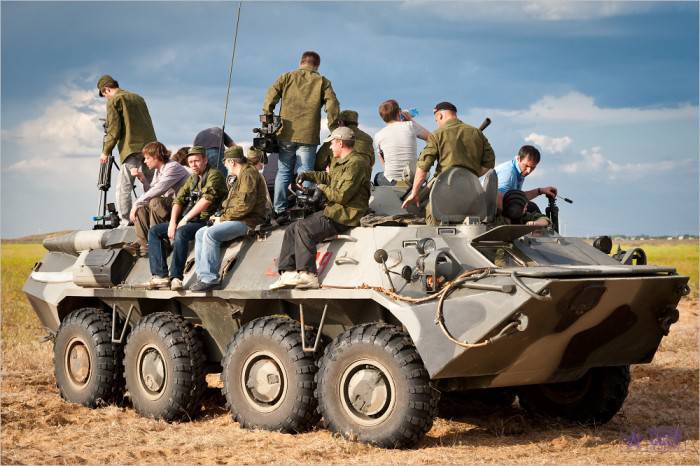
On the day of the tactical exercises, the first battalion company practiced its actions in the offensive: from advancing from the depth of its defense to attacking the front edge of the enemy. The goal is to “Achieve well-coordinated actions of the company during the transition to the attack, overcoming the cost centers (mine-explosive obstacles), attacking the front edge of defense and destroying the enemy in the first trench.” On all together 2.5 hours were allotted. Artillerymen with D-44 regimental guns and gunners on self-propelled X-NUMXCXNNXX Nona-S self-propelled artillery units participated in the training. The weather was hot, about 2 degrees. Soared, it was going to a thunderstorm. Sailors with a rifle weapons and grenade launchers plunged into the BTR-70M and began to move towards the conditional enemy.
1. The 727 separate battalion of the Marine Corps of the Caspian Flotilla was formed in accordance with the directive of the General Staff of the Navy of 2000, and was organizationally part of the 77 separate brigade of the Marine Corps. In December 2009, the brigade was disbanded, and the battalion was preserved and stationed in the 114 territory of the military camp in the city of Astrakhan.
The main tasks of the Marines:
Protection and defense of the objects of the Caspian military flotilla and places of compact residence for families of servicemen
Territorial defense in cooperation with the troops of the Southern Military District
Localization of border conflicts in the Caspian
Counter Terrorism
Non-admission to the territory of the Russian Federation sabotage and reconnaissance groups
In the composition of the battalion:
2 Marines Company
air assault company
self-propelled artillery battery
rocket launcher platoon
anti-tank platoon
software platoon
technical support platoon
communications platoon
The backbone of the military in the battalion is from the Volgograd, Astrakhan and Rostov regions, from the Krasnodar Territory, the republics of the North Caucasus. Ethnic composition: 70% - Russians, 20% - Caucasians, 5% - Kazakhs, 3% - Kalmyks, 2% - Azeris. The battalion commander is Lieutenant Colonel V. Omelchenko.
2.
3.
4.
5.
6.
7.
8.
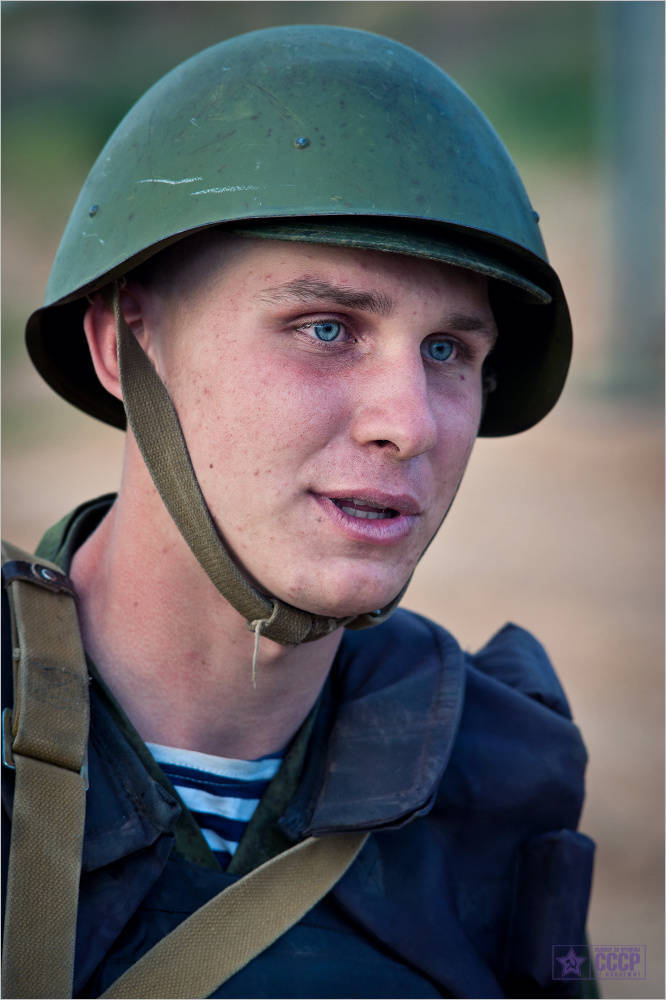
9.
10.
11.
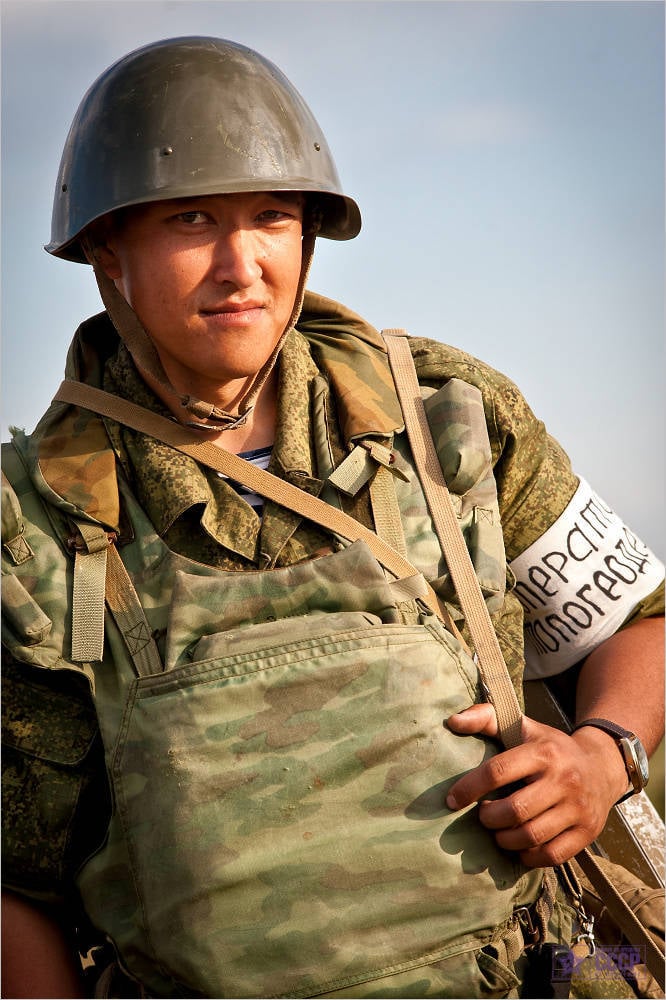
12.
13.
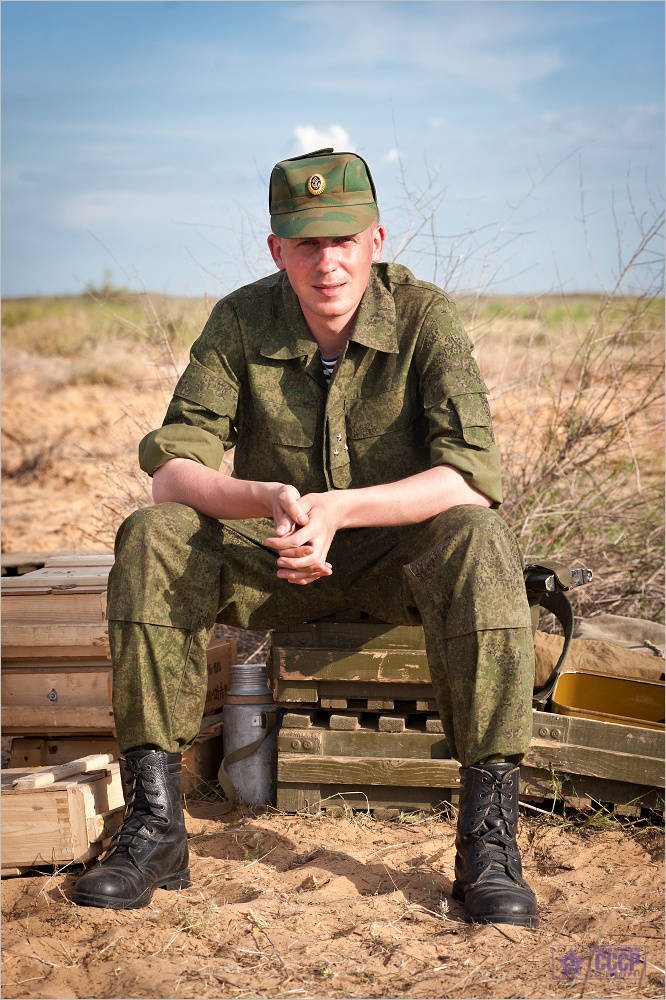
14.
15.
16.
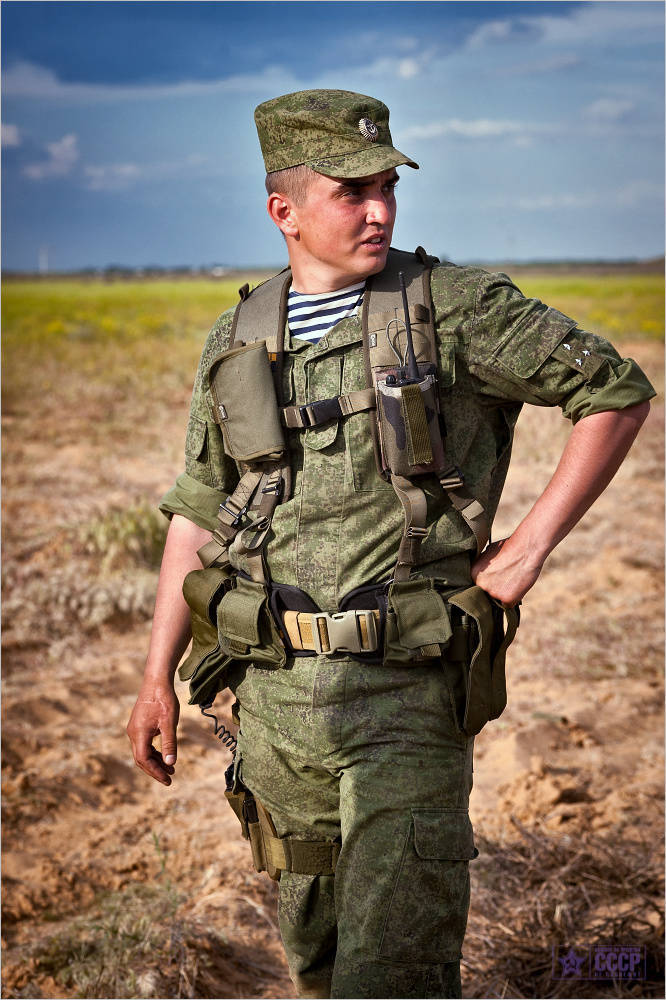
17.
18.
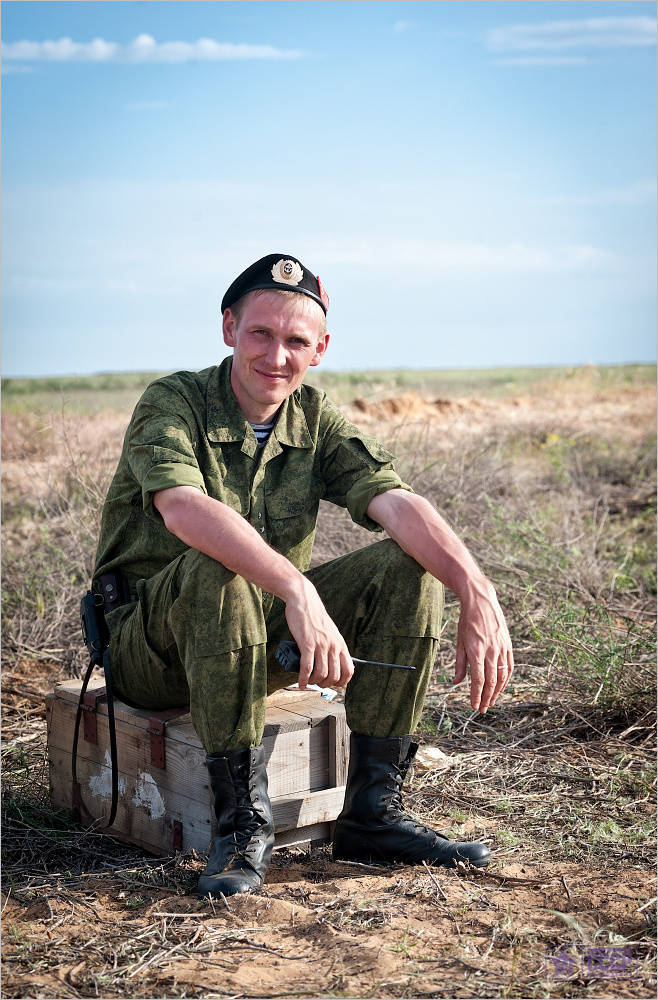
19.
20.
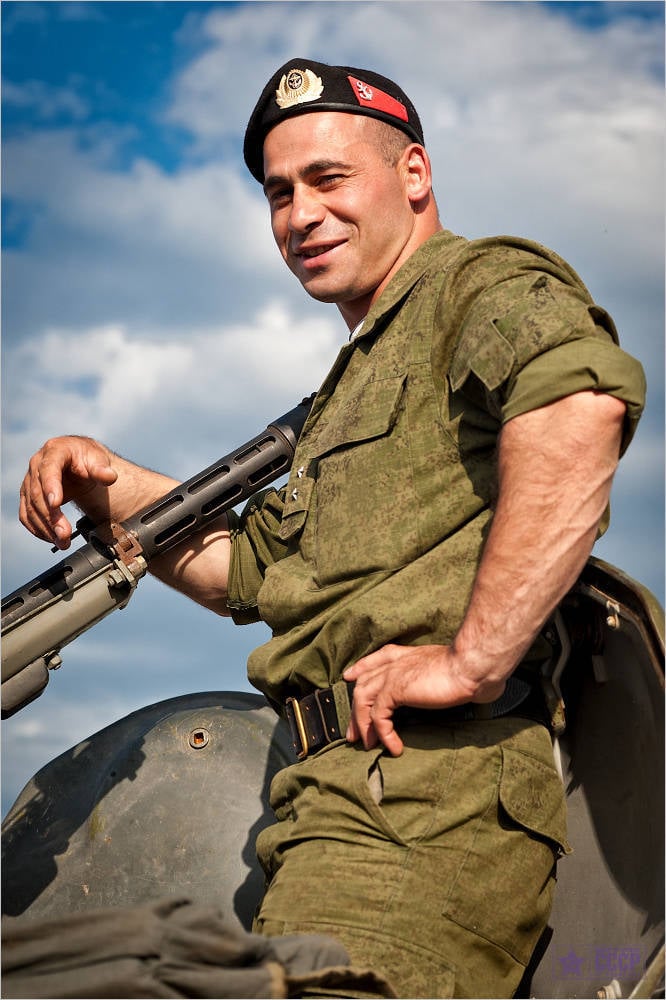
21.
22.
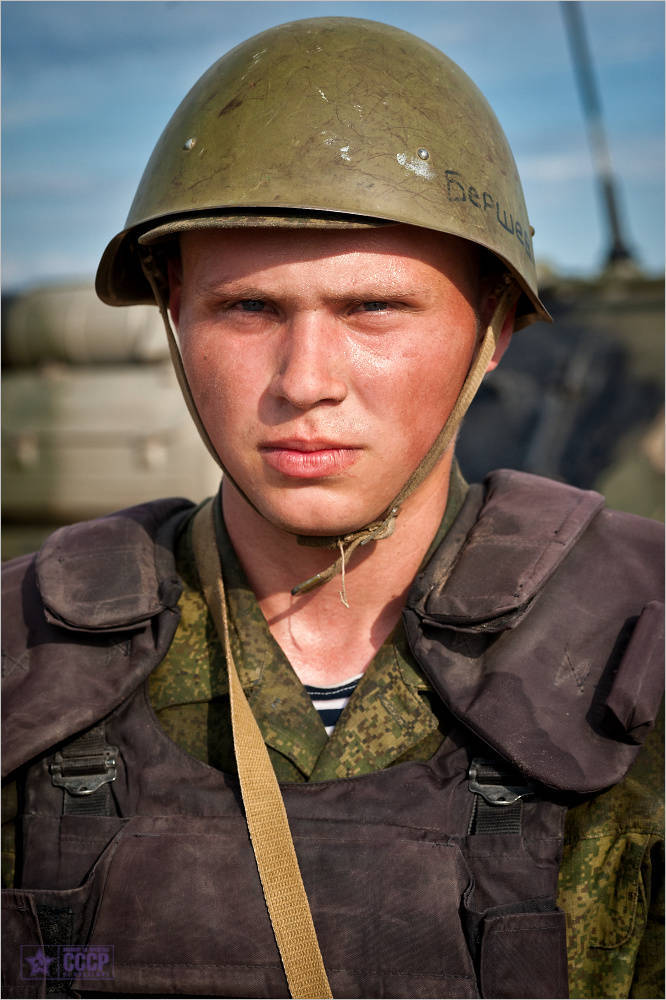
23.
24.
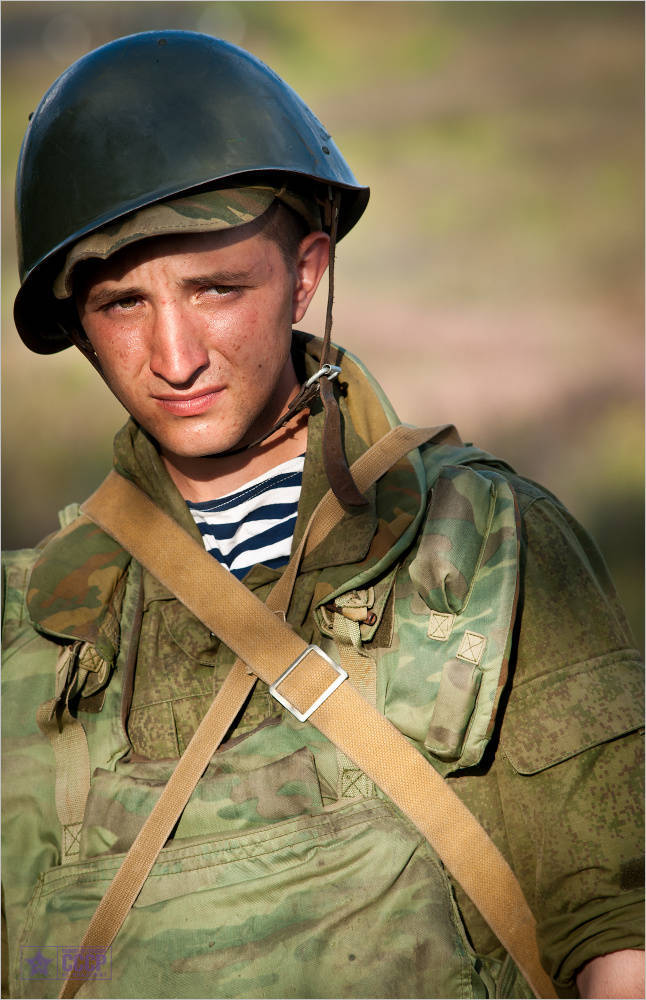
25.
26.
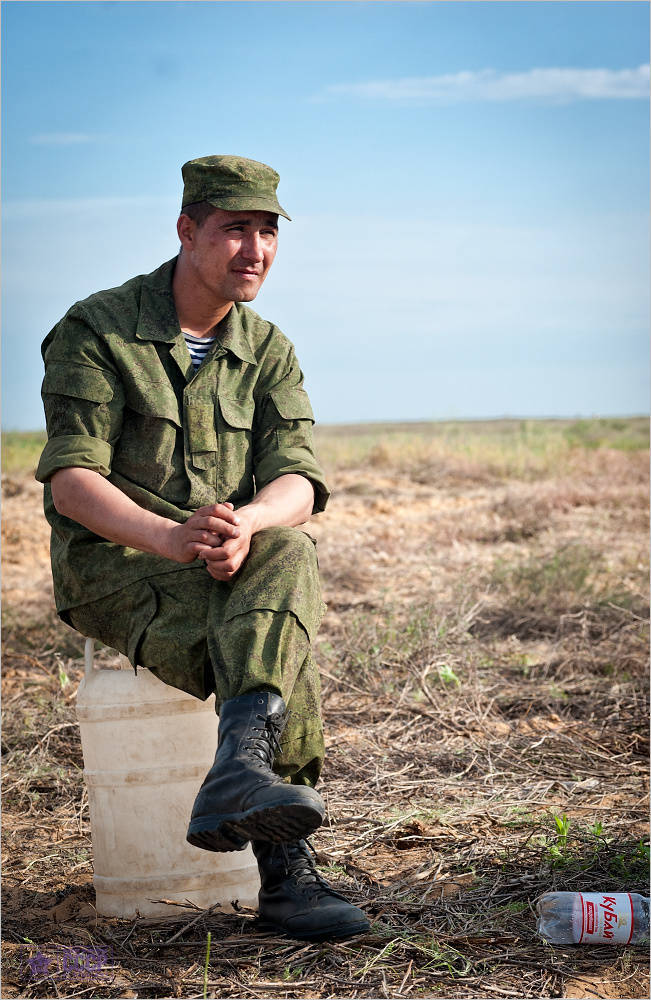
27.
28.
29.
30.
31.
32.
33.
34.
35. The 85-mm divisional gun D-44 was designed in the design bureau of the plant number 9 "Uralmash". However, a prototype gun was made at the plant number 92 them. Stalin and received the index ZIS-D-44. After testing, the system was refined at plant number 9. 8 May 1945, the gun ZIS-D-44 entered the Gorokhovetsky landfill, where 10 May began shooting. On tests, the gun showed a rate of fire in 20-25 rounds per minute. The tests were run-in on the Studebaker car, and off-road on the I-12 tractor. Total from 19 to 25 May passed 1512 km. Of these, the cobbled pavement 810 km with an average speed of 25,7 km / h, and the maximum 33 km / h. On the 426 km country road with an average speed of 21,9 km / h and a maximum 40 km / h. On the asphalt highway 220 km with an average speed of 41,2 km / h, maximum 55 km / h. Off-road and rough terrain 56 km with an average speed of 11,7 km / h.
According to the conclusion of the ZIS-D-44 commission, the ground tests did not withstand, including due to the unsatisfactory extraction of the sleeves. However, after repeated ground tests, and then military tests, the gun was put into service under the name "85-mm divisional gun D-44".
The D-44 cannon is made according to the classical scheme of artillery, its distinctive features are the compactness of the placement of the guidance mechanisms, the small height of the line of fire and the possibility of transporting with a mechanical thrust with a speed of up to 60 km / h. The transfer time of the gun from the marching position to the combat position and back does not exceed one minute.
The barrel of the standard D-44 cannon consisted of a monoblock pipe, a breech, a coupling, a muzzle brake and a clip. Muzzle brake of active type. Shutter vertical wedge with mechanical semi-automatic (copy) type. Rollback hydraulic brake. The recoil devices are placed in a cage under the barrel; when fired, they rolled away with the barrel. The cradle was a cast cylindrical holder. The lifting mechanism had one sector. Rotary mechanism screw type. The balancing mechanism of the pushing type, with hydraulic air lock, it consisted of a single column located to the left of the barrel.
Suspension torsion gun. The combat axis consisted of two semi-axes. Both axes are straight. Wheels from the car GAZ-AA, reinforced with a GK tire.
Aiming devices: sight С71-7 (originally there was a panoramic sight), optical sights OP1-7, OP2-7, OP4-7, OP4М-7. In addition, night sights can be used: ALP-2 or ALP 3-7.
Serial production of D-44 was conducted at the plant number 9. From 1946 to 1954, 10918 guns were manufactured. D-44 was in service with the armies of the Warsaw Pact member countries and was exported. In 60-ies, China mastered the licensed production of the gun under the symbol "type 56". According to Wikipedia, the gun was in service until recently or is still in the following countries:
Republic of Abkhazia - minimum 1 battery, as of 2009 year
Algeria - 80 D-44, as of 2007 year
Bulgaria - 150 D-44, as of 2007 year
Guinea - 6 D-44, as of 2007 year
Guinea-Bissau - 8 D-44, as of 2007 year
Yemen - some quantity, as of 2007 year
Cuba - some amount, as of 2007 year
Mali - 6 D-44, as of 2007 year
Mongolia - 200 D-44, as of 2007 year
Russia - some amount, as of 2007 year
Sudan - some quantity, as of 2007 year
Eritrea - some quantity, as of 2007 year
Ethiopia - some quantity, as of 2007 year
Made in USSR
36.
37.
38.
39.
40.
41.
42.
43.
44.
45.
46.
47.
48.
49.
50.
51.
52.
53.
54.
55.
56.
57.
58.
59.
60.
61.
62.
63.
64.
65.
66.
67.
68.
69. 120-mm self-propelled artillery 2C9 "Nona-S" is designed to destroy enemy personnel, artillery and mortar batteries, armored vehicles and other purposes. Entered the Airborne Forces with 1981 year. The chassis is made on the basis of the floating tracked armored personnel carrier BTR-D. The power plant consists of the 5 hp diesel engine 20D240. In the welded turret of steel armor plates, a rifled breech-loading artillery gun 2А51 was installed, capable of firing direct fire and from closed firing positions with both mines and artillery shells. Manual loading. It can be paratrooped with parachutes from the An-12, An-22 and Il-76 aircraft.
The Nona-S case is all-welded, made of aluminum armor alloy with a maximum thickness of 15 mm. In the bow of the hull is a control compartment with jobs for the driver and commander. In front of the driver’s hatch there are three TNPO-170A surveillance devices, of which the central one is replaced if necessary with a TVNE-4B non-illuminated night-vision device or TNP-350B device. In front of the commander’s hatch, two TNPO-170A and tank periscope TPK-2. In the middle of the hull is a fighting compartment. The tower is welded, conical, its frontal sheet is flat. The 2A51 gun, 1P8 sight, two TNPO-170A surveillance devices and one MK-4, electric and pneumatic equipment were installed in the tower. In the stern there is a power compartment, in which the 5D20-240 engine, transmission, water cannons, fuel tanks and other equipment are located. The speed of the CAO along the highway is 60 km / h, afloat - 9 km / h. Like the BMD-1 combat vehicle, the SAO 2S9 is equipped with a collective defense system against WMD with a filter-ventilation unit.
Ammunition to the gun "Nony-S" engaged team GNPP "Basalt". The ammunition includes all types of Russian and foreign 120-mm mines, specially designed ammunition with high-explosive fragmentation projectile and PF active-projectile, having ready-made cuts on the lead belt, guided missiles of the Kitolov guided weapons complex.
The main projectile ZOF49 with a steel body has a powerful fragmentation and high explosive action. When 4,9 kg of explosive A-IX-2 is broken, it gives up to 3500 fragments with a mass from 0,5 to 15 g. Breaking of steel armor 8 mm thick at the distance from the 15 – 20 mm break point and 12 – 14 mm thickness - at a distance from the point 7 – 10 m gap. The thickness of the punched light alloy armor is 2,5 – 3 times higher. When a fuse is installed on a high-explosive action in a medium-density soil, a funnel with a depth of 2 and diameter of 5 is formed. Shooting is done only from a place, both from closed positions, and direct fire - without preliminary preparation of firing positions. The angle of horizontal guidance is 70 ° (35 ° per side) and is limited to bars welded to the outside of the tower. Vertical guidance is possible between -4 ° and + 80 °. Maximum rate of fire - 10 shots / min. When firing direct aiming at armored and other targets, 2С9 uses a cumulative ZBK19 projectile with stabilizing firing with a 13,17 kg mass, capable of piercing armor approximately 500 mm at a distance of a direct shot (about 600 meters).
To the guns "Nona" on the basis of 122-mm adjustable projectile "Kitolov" created a similar ammunition caliber 120 mm - "Kitol-2". High-explosive projectile with a range of up to 14 km has a laser homing system. The CAO's ammunition consists of 25 shots: five cumulative projectiles, 20 mines or projectiles in any combination. In addition to shells and mines, 13 cases with two full charges on chargers in each and two boxes with 20 packs of gunpowder bundles for picking variable charges are included in the ammunition. During long shooting there is a special tray for feeding ammunition from the ground.
By all indicators determining the combat effectiveness of the system: minimum and maximum firing range, stable and high accuracy of combat, targeted rate of fire and firing mode, powerful fragmentation and high explosive effect of ammunition, the possibility of wide maneuver trajectories - the Nona gun has no equal in the world . The experience of the combat use of this installation, including in Afghanistan and Chechnya, showed its high reliability and efficiency. "Nona-S" with its fire more than once rescued our paratroopers. Raised almost to the zenith barrel, it was possible to solve such tasks in the mountains that howitzers and guns could not cope with. 2C9 was serially produced at Perm Machine-Building Plant from 1981 of the year. According to various estimates, a total of about 1000 pieces have been released.
70.
71.
72.
73.
74.
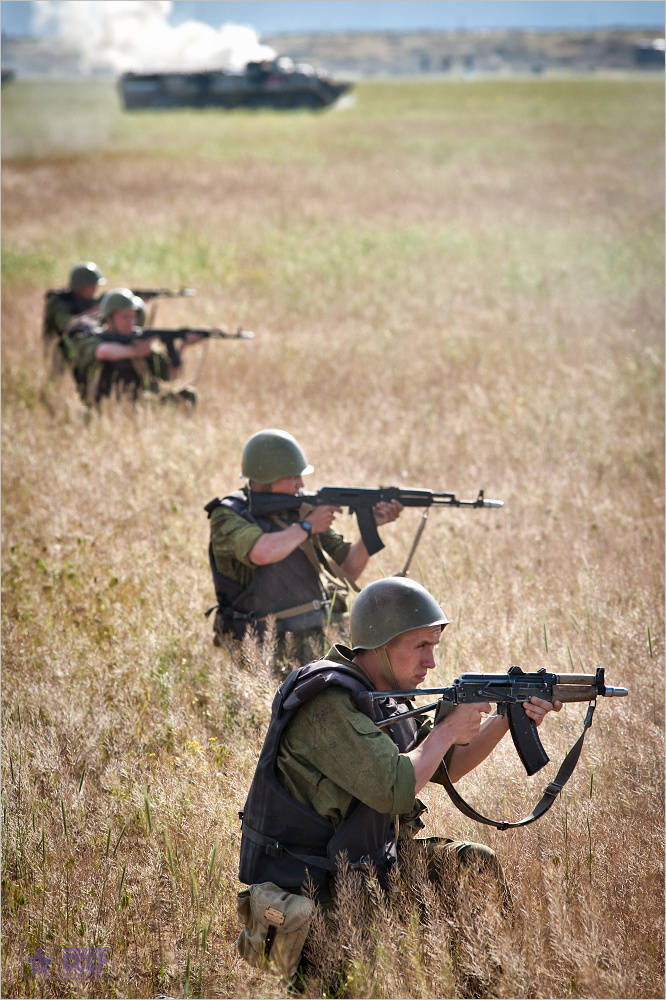
75.
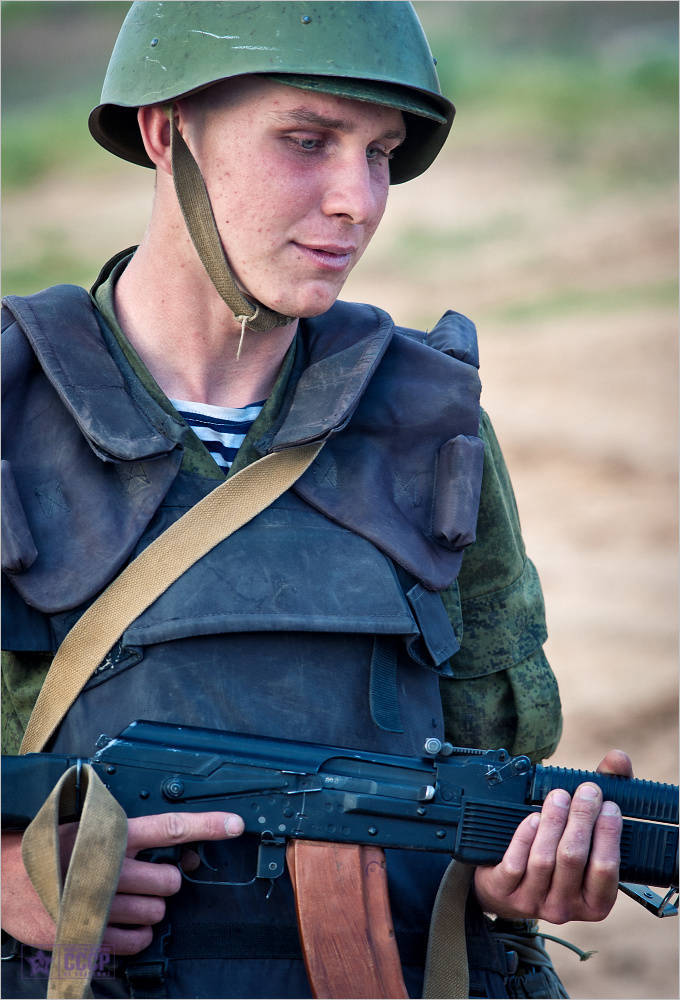
76.
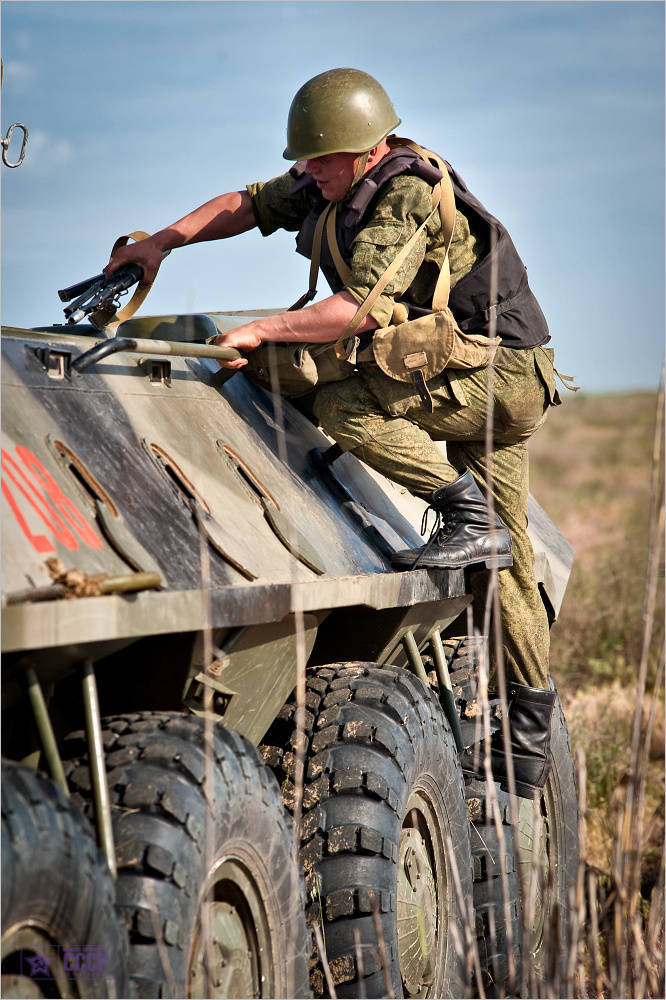
77.
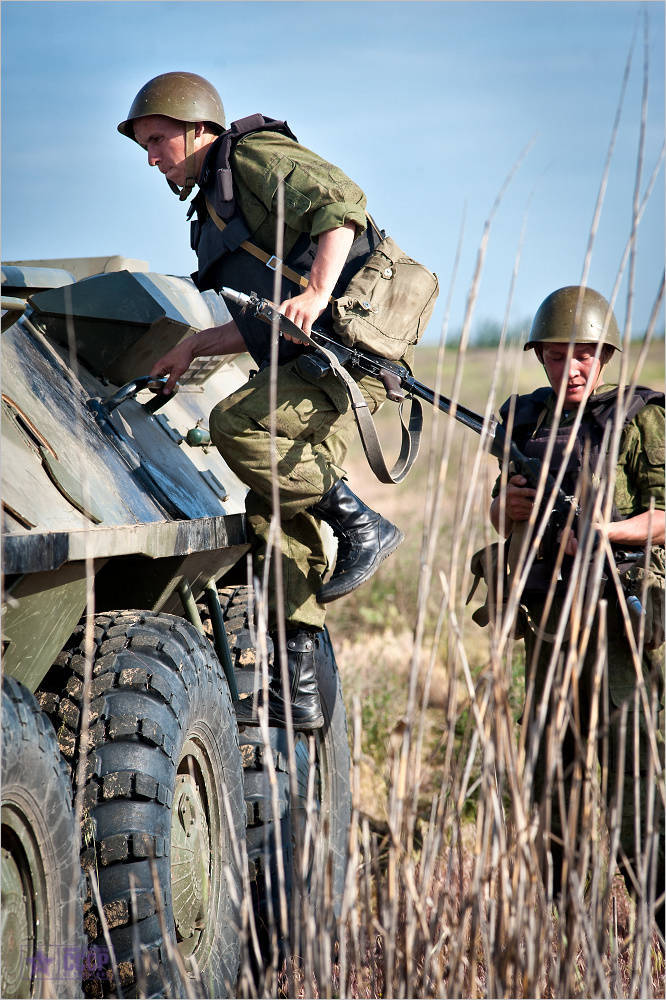
78.
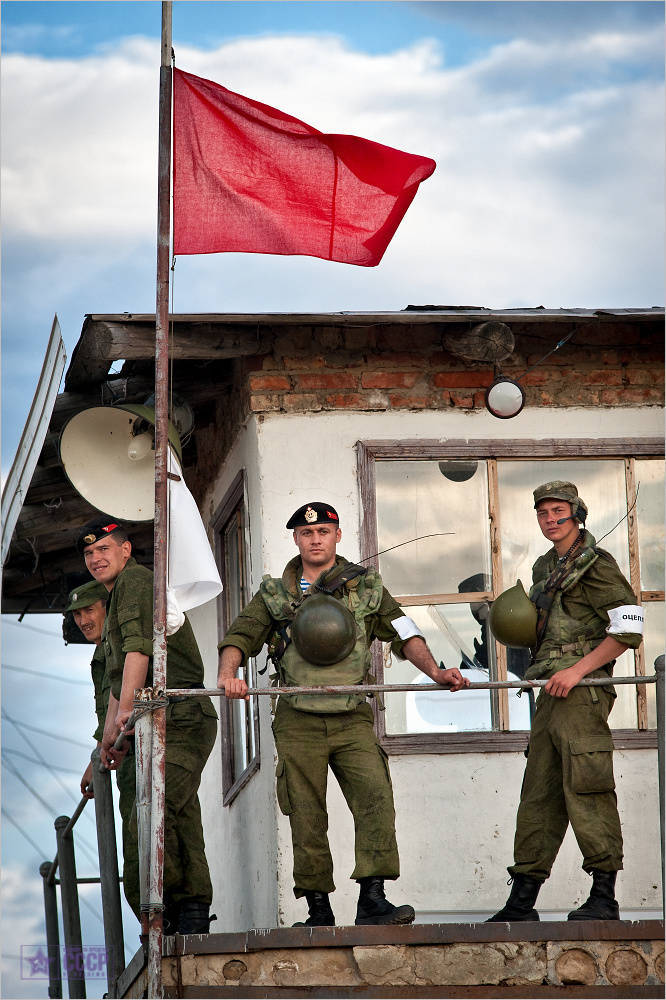
79.
80.
81.
82.
83.
84.
85.
86.
87.
88.
89.
90.
91.
92.
93.
94.
95.
96.
97.
98.
99. Panorama army shooting range.
100. Landfill Marines.
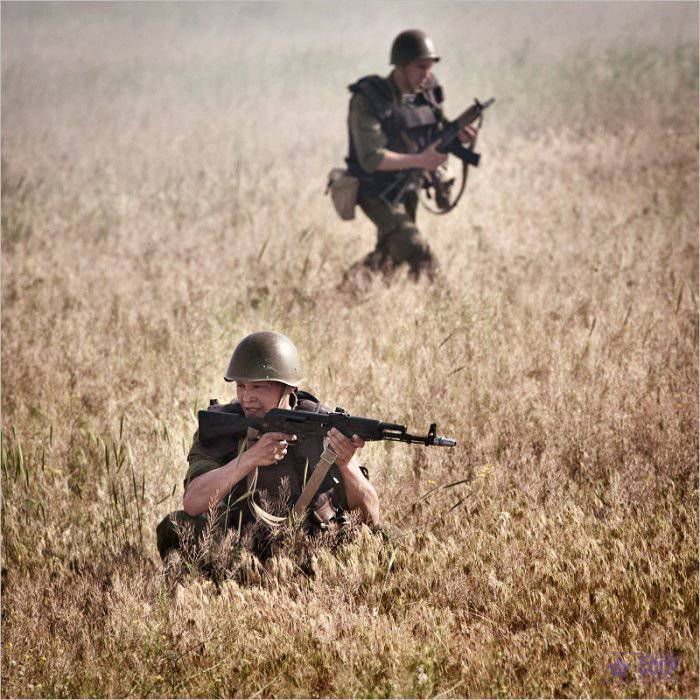
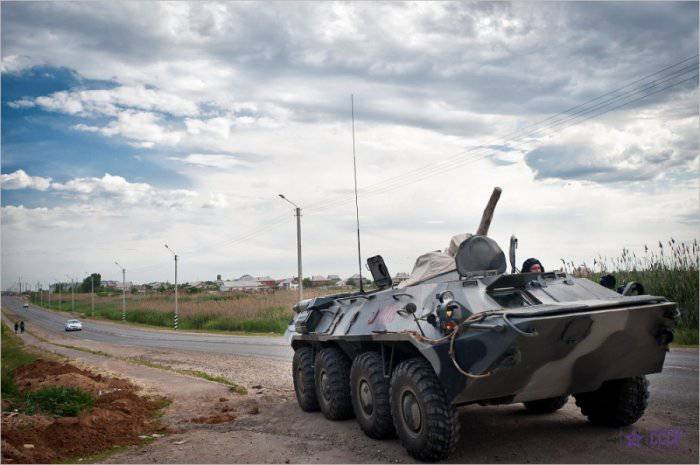
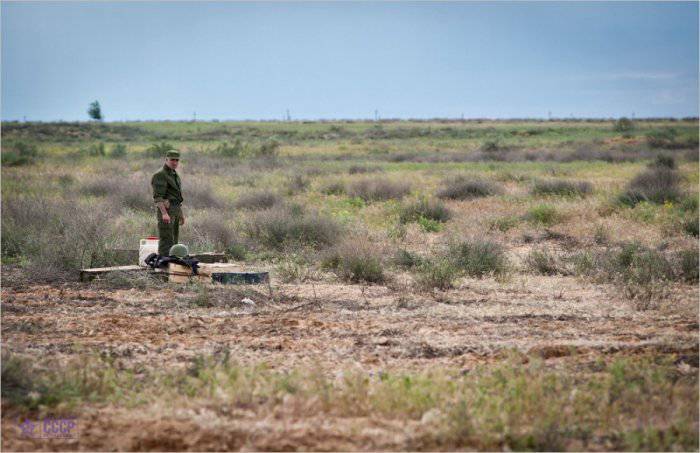
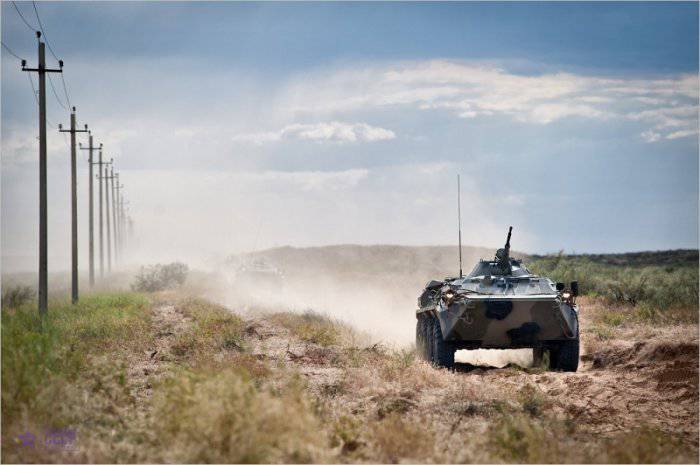
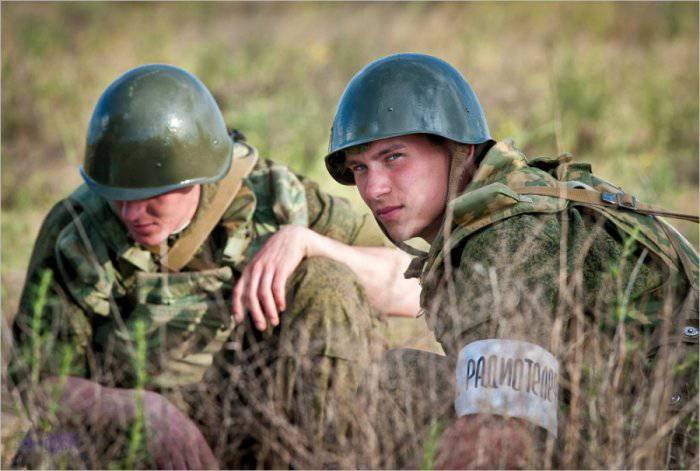
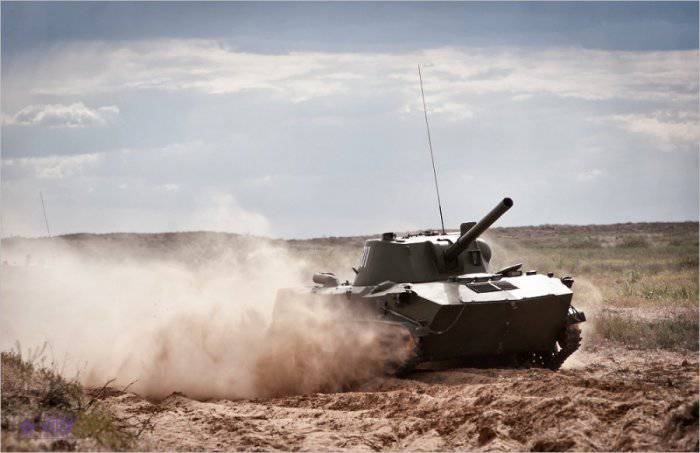
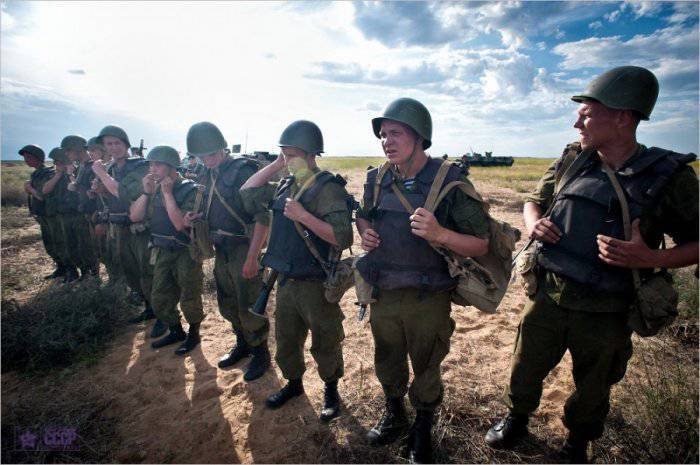
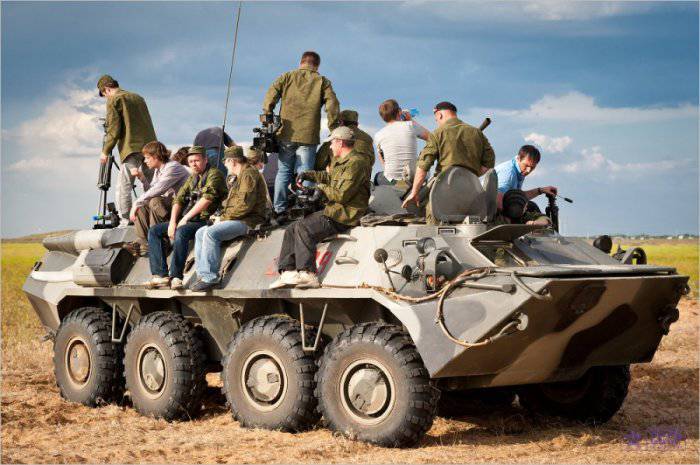
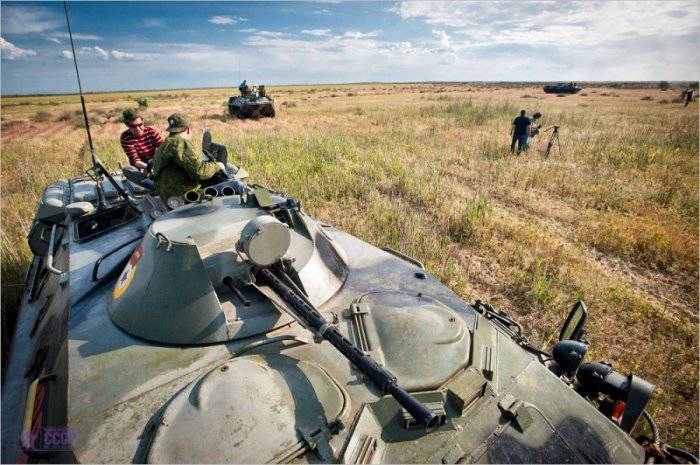
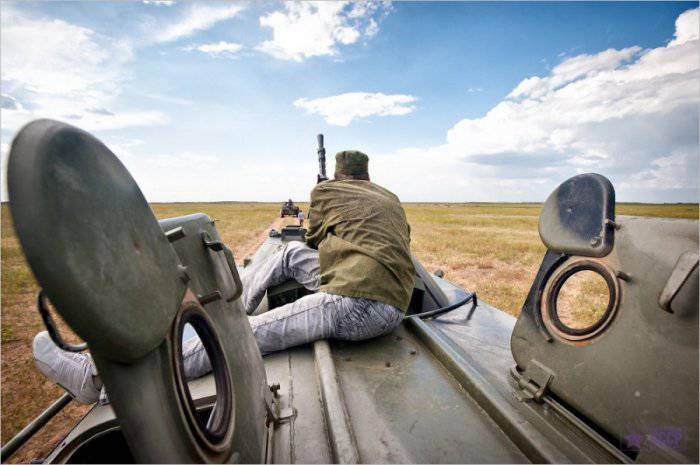
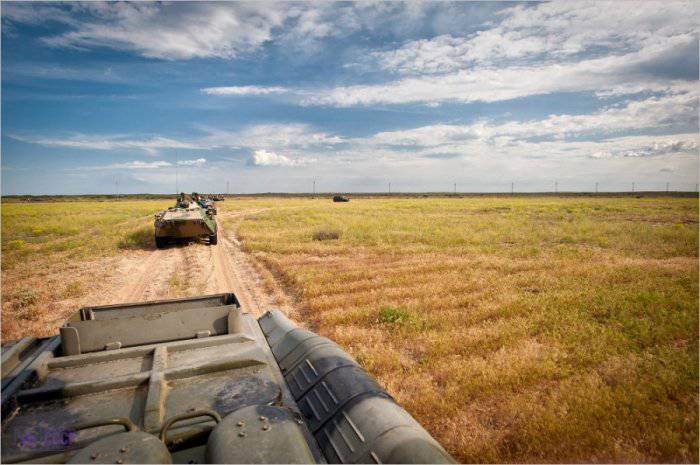
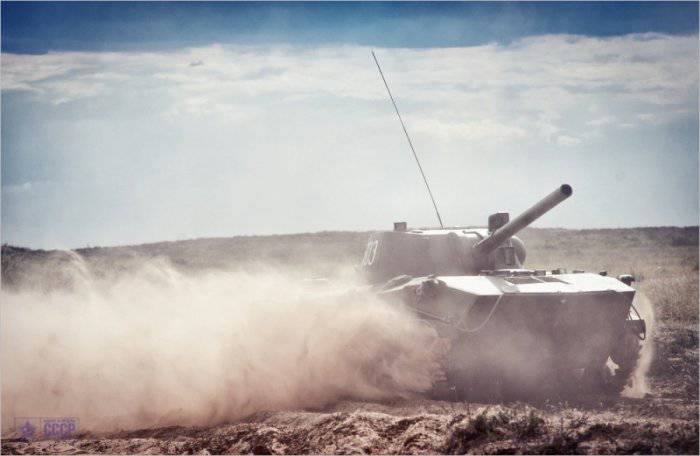
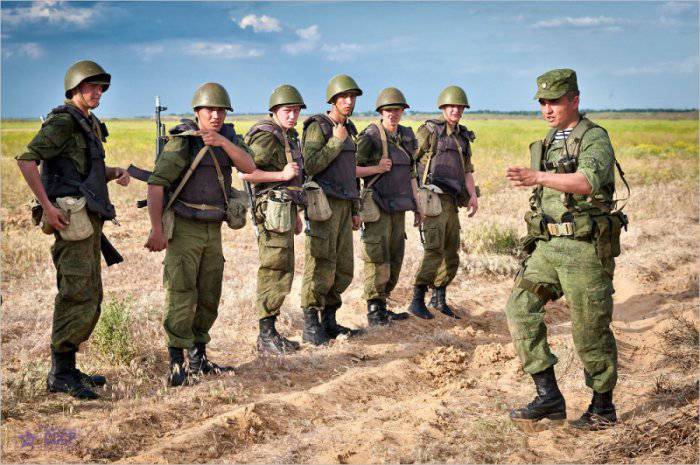
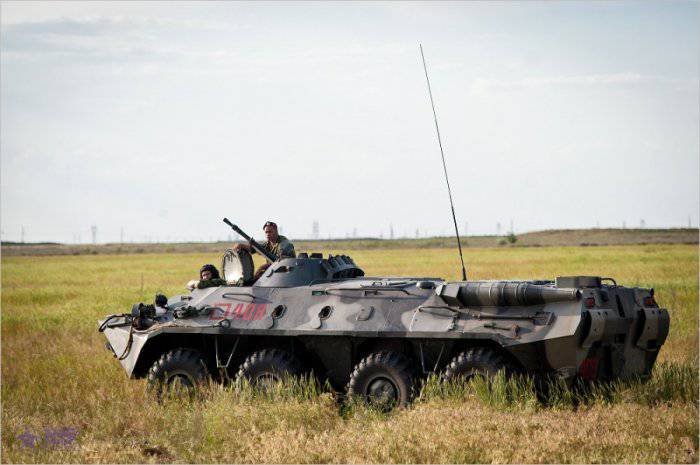
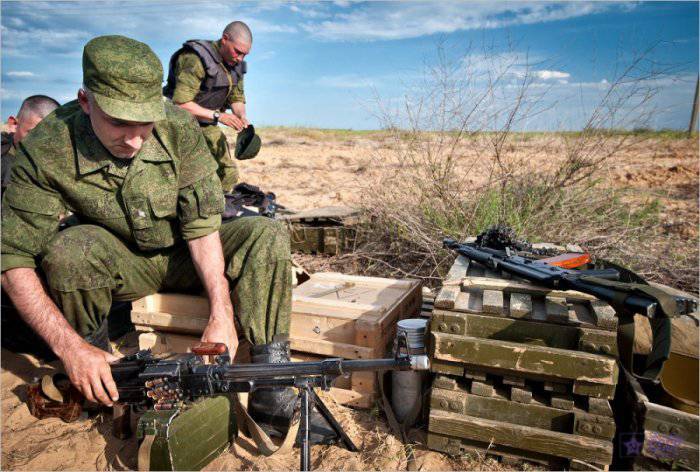
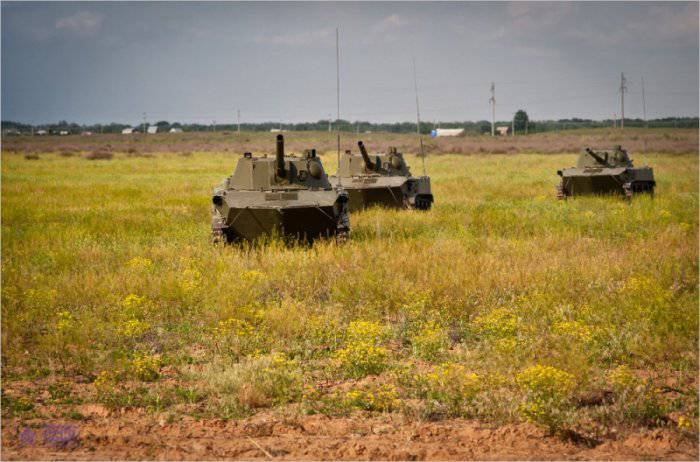
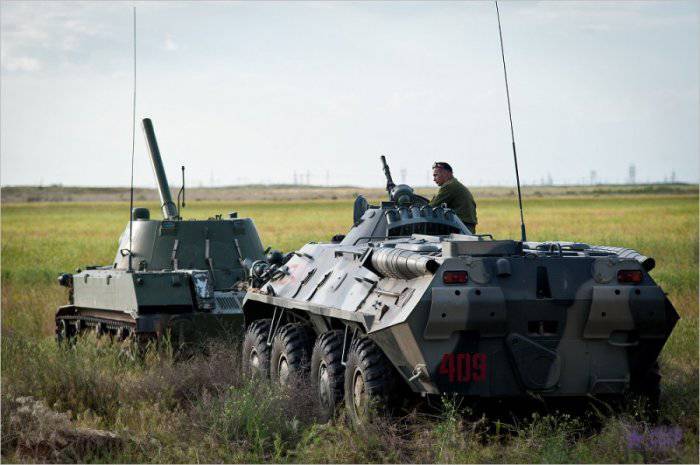
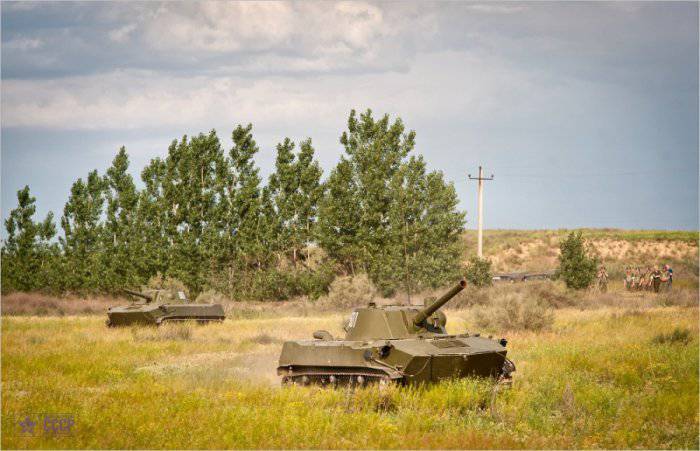
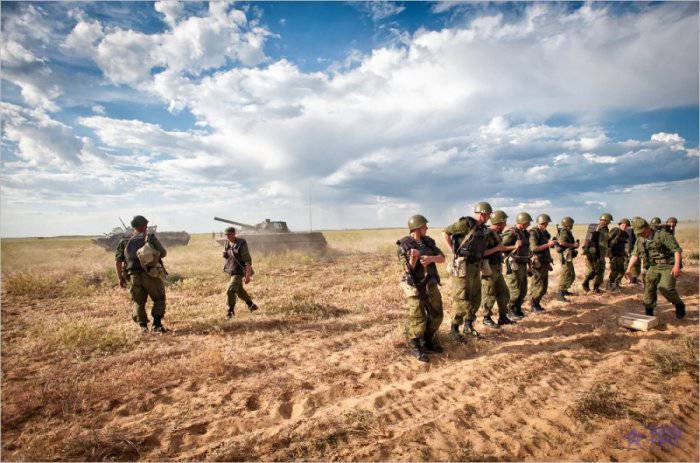
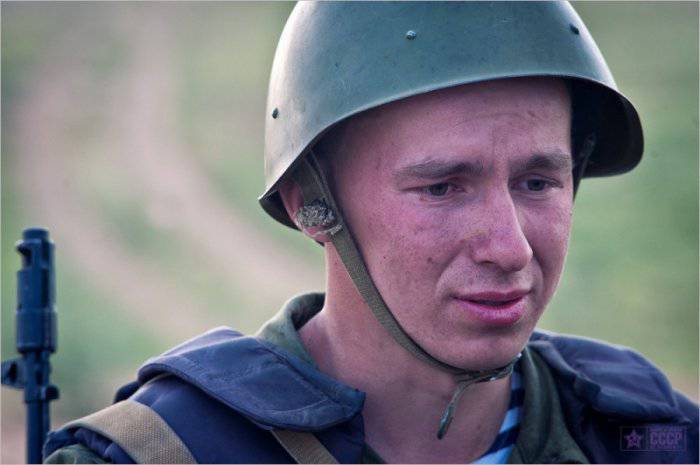
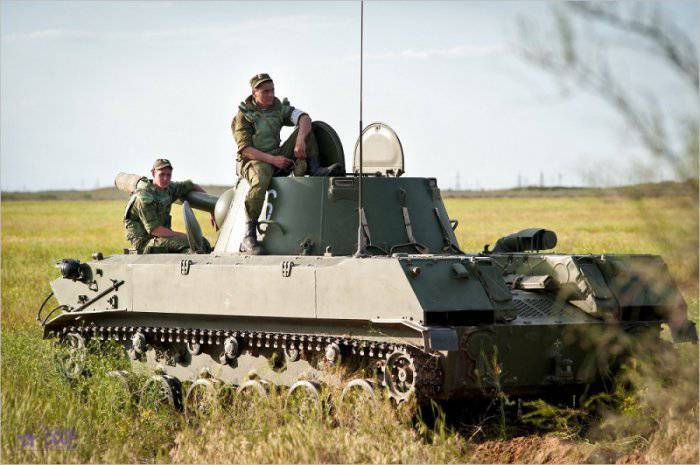
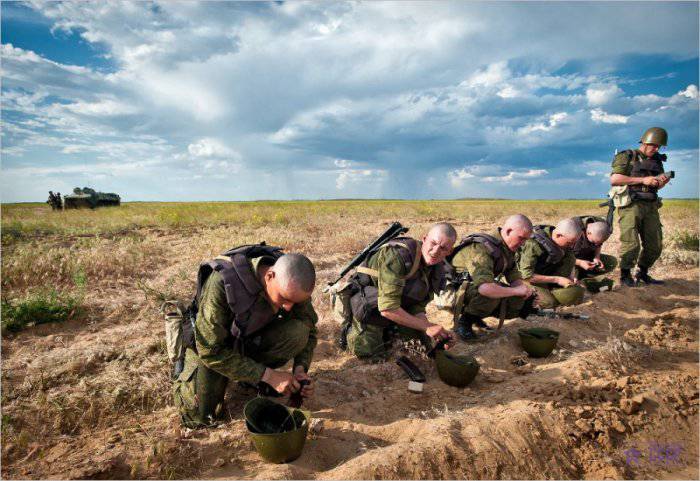
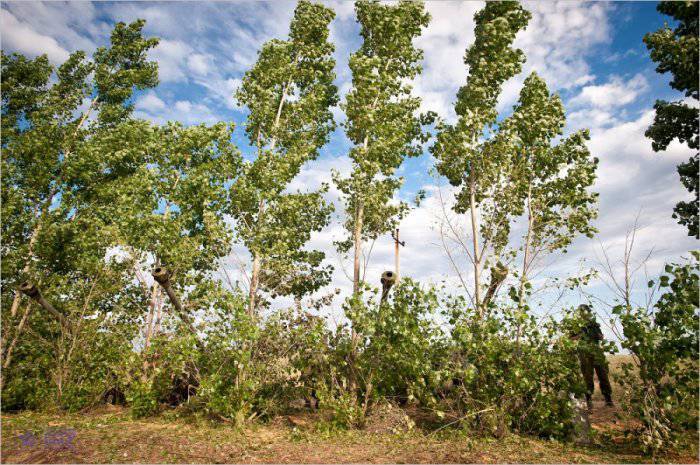
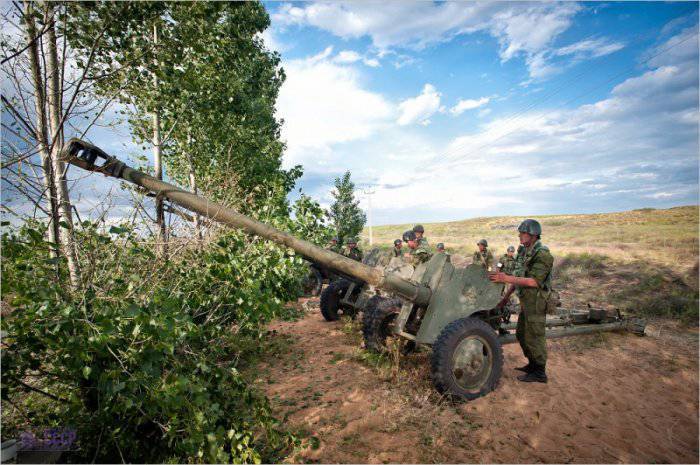
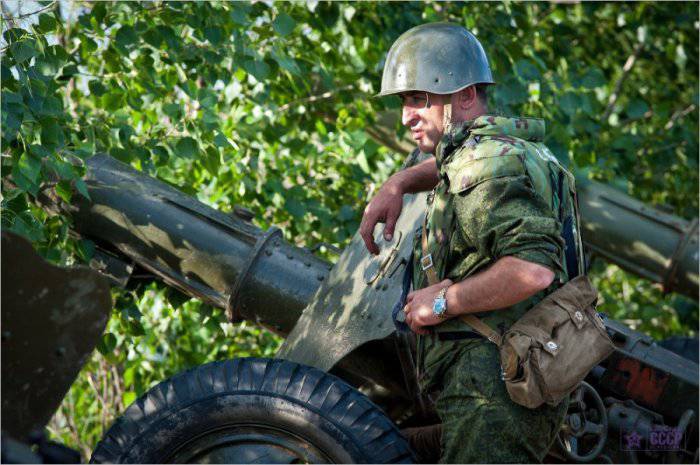
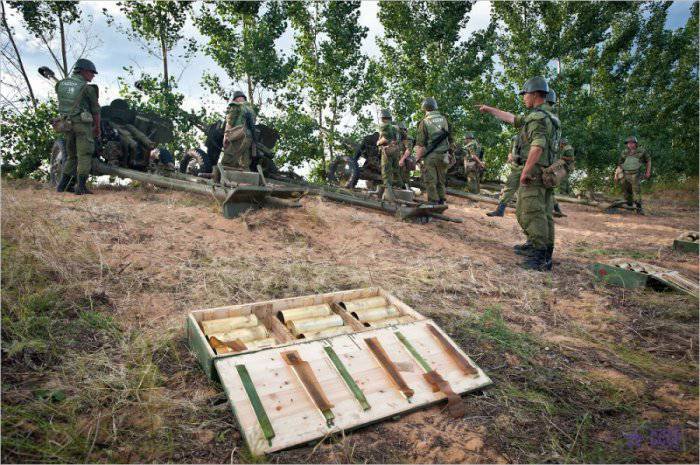

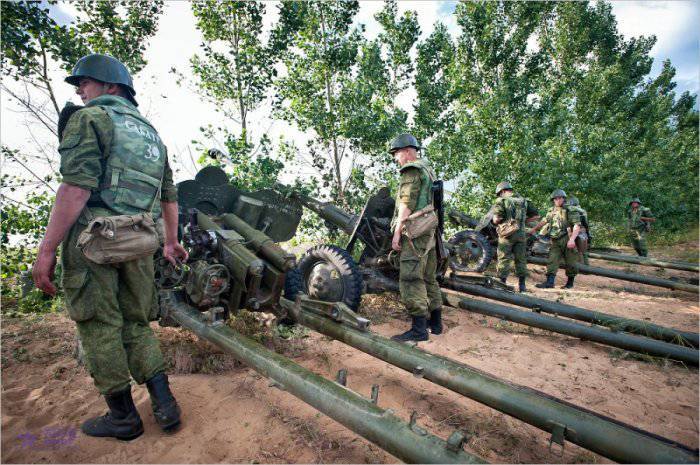
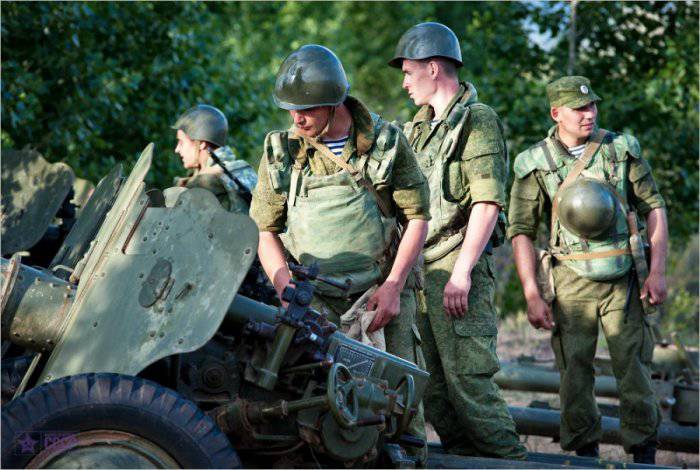
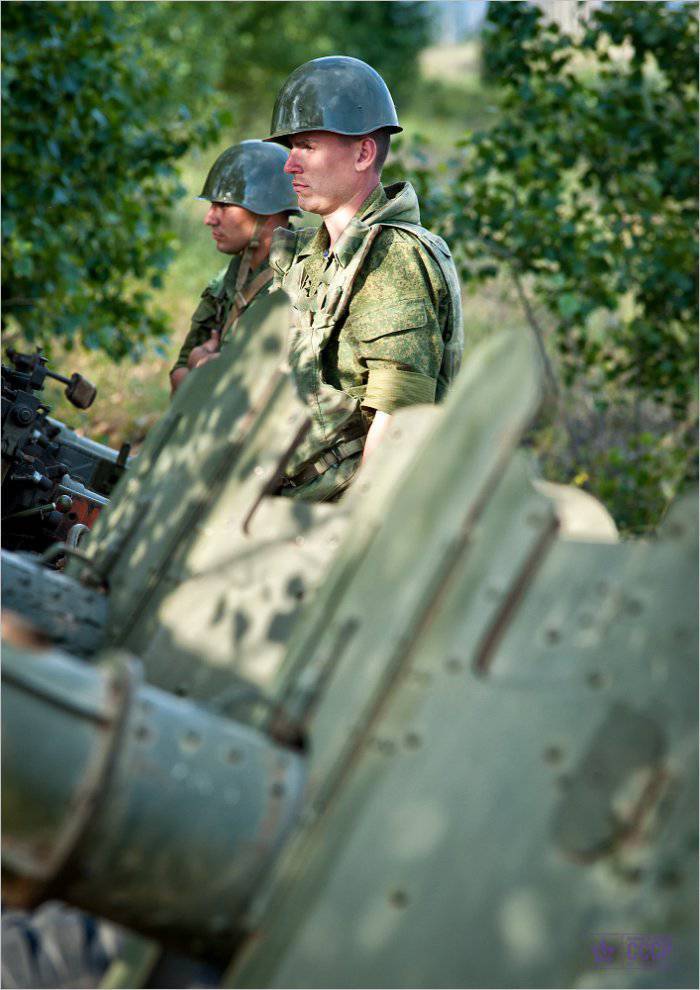
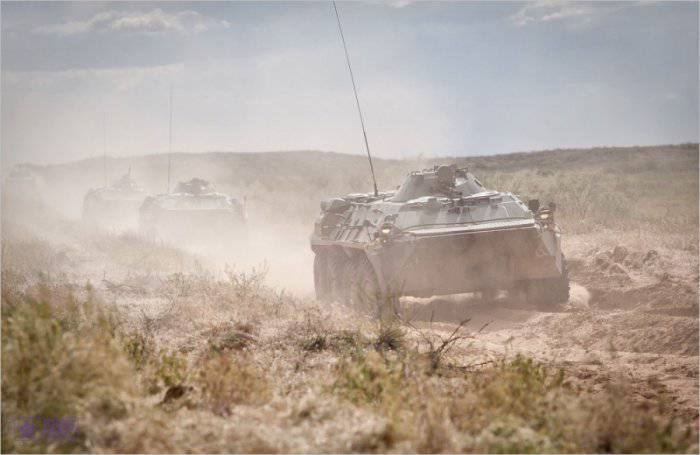
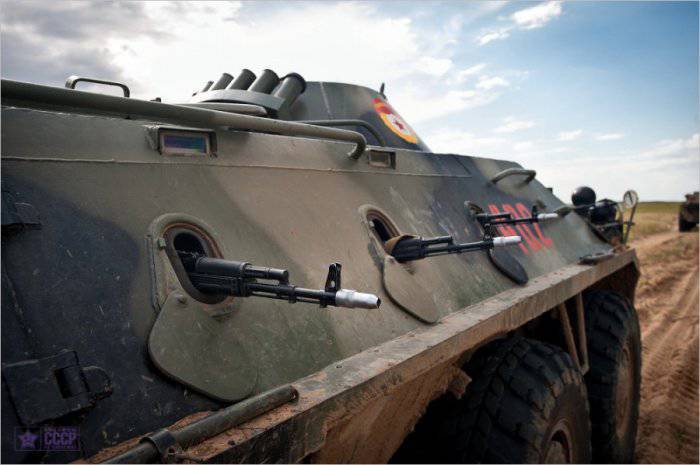
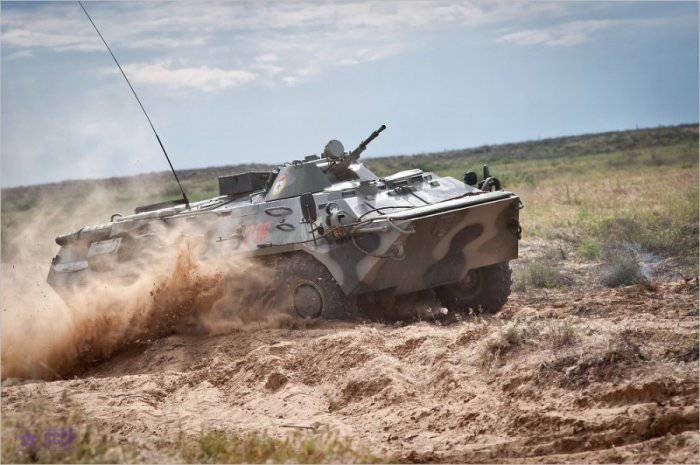
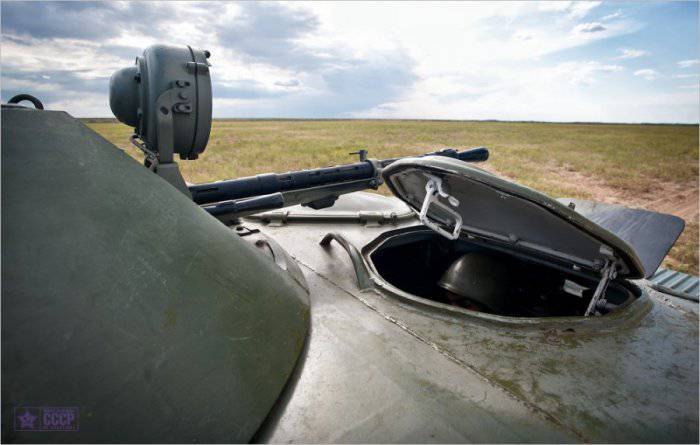
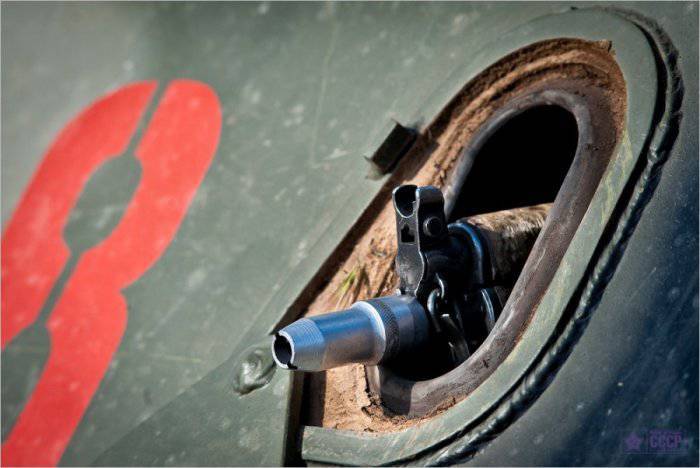
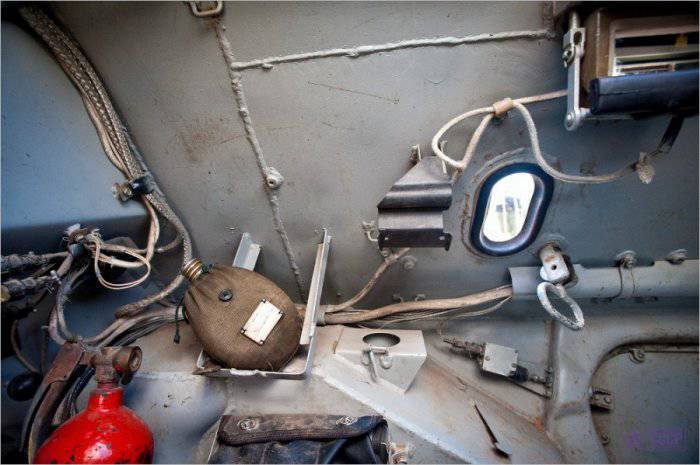
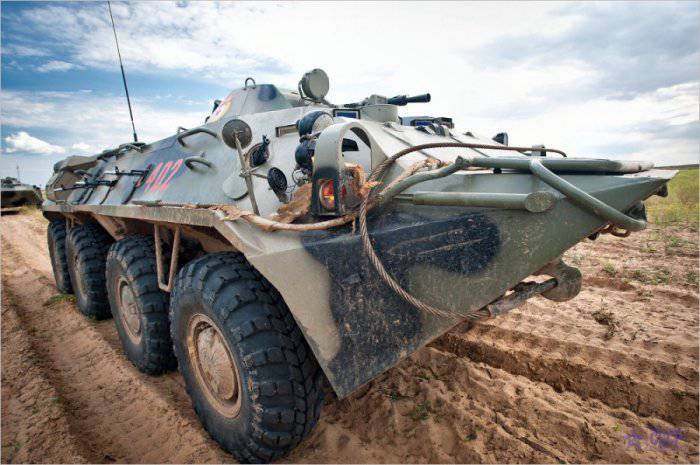
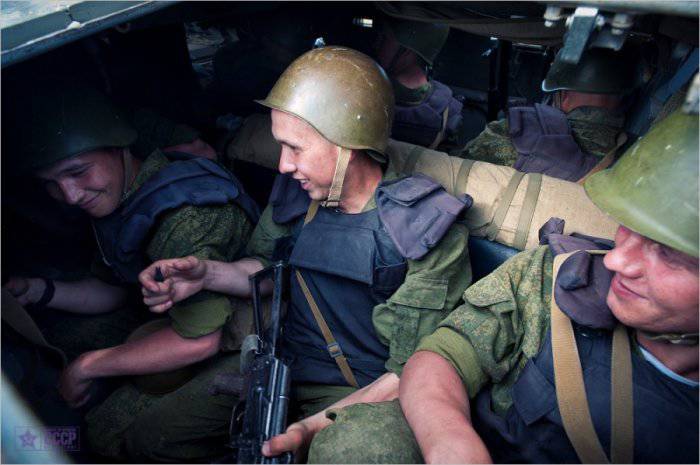
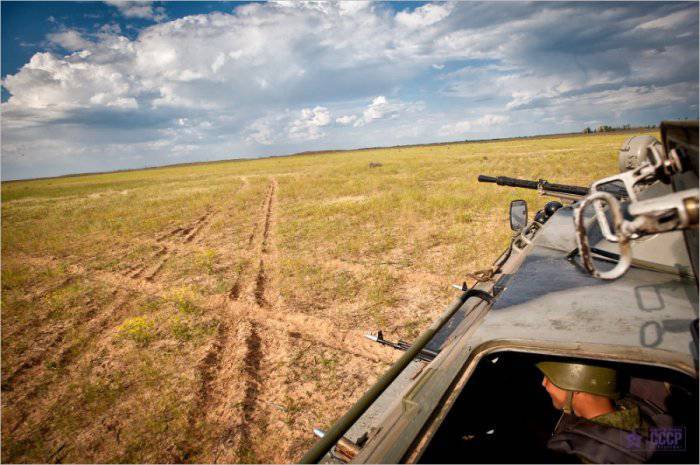
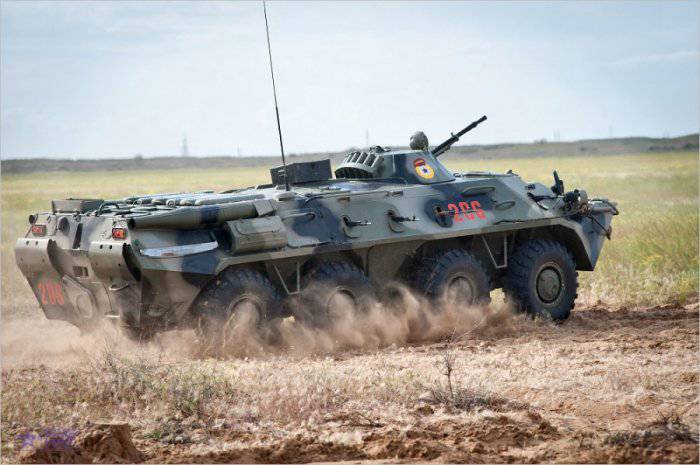
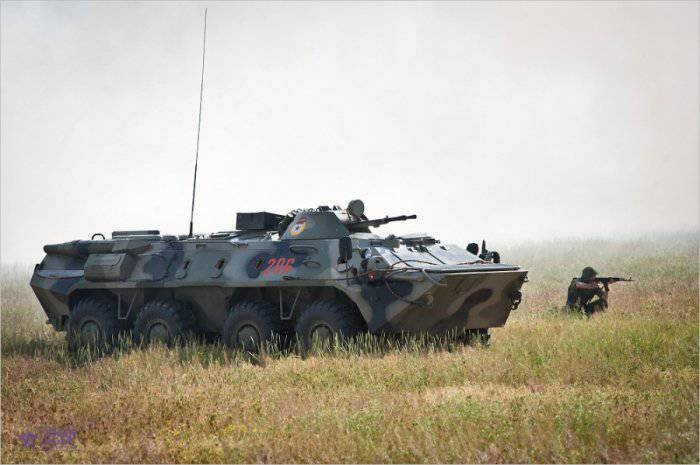
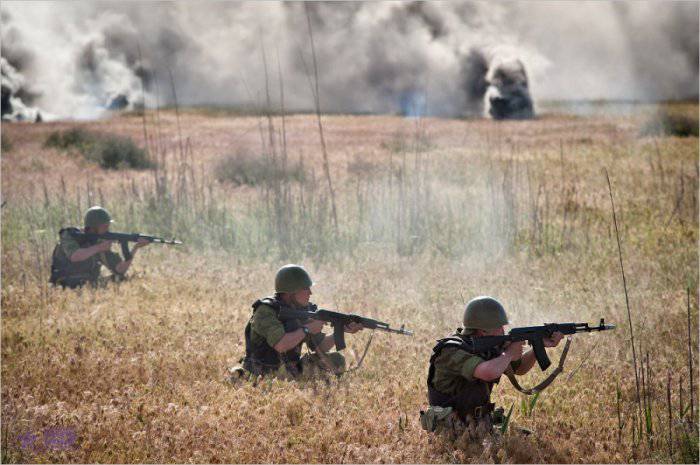
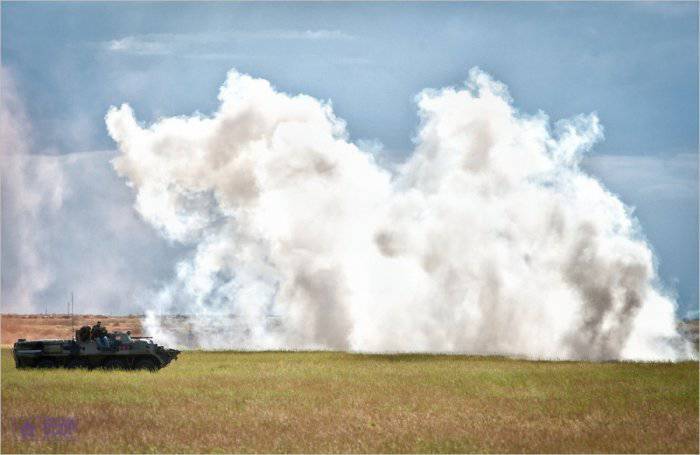
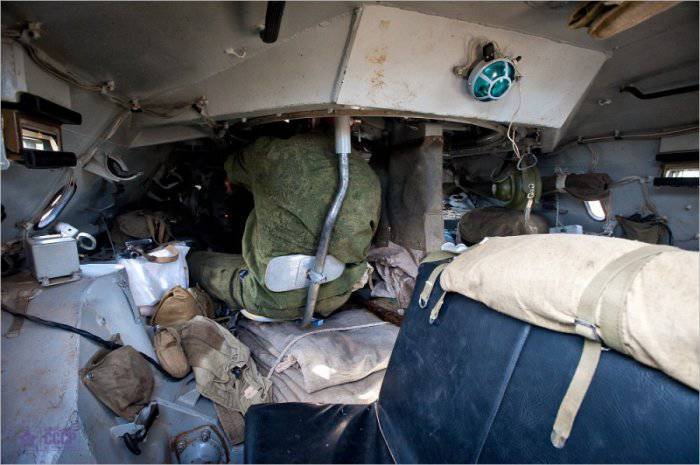
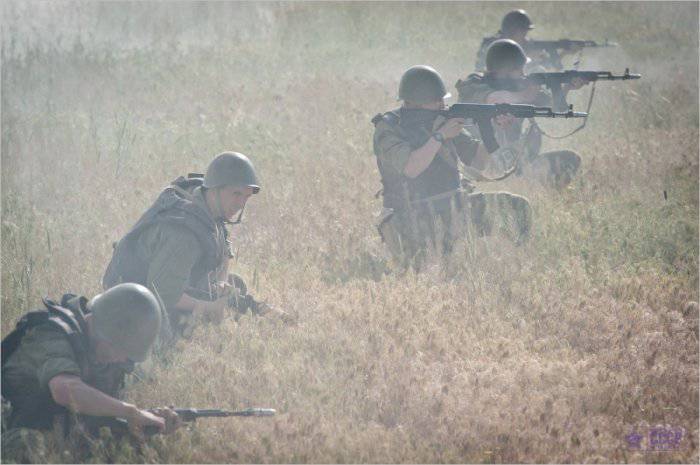
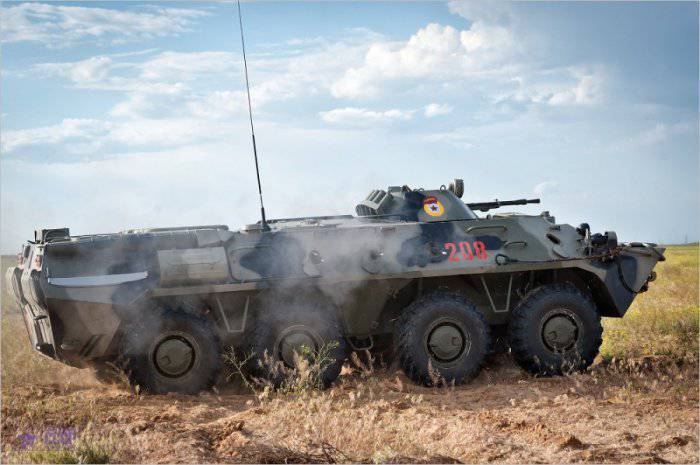
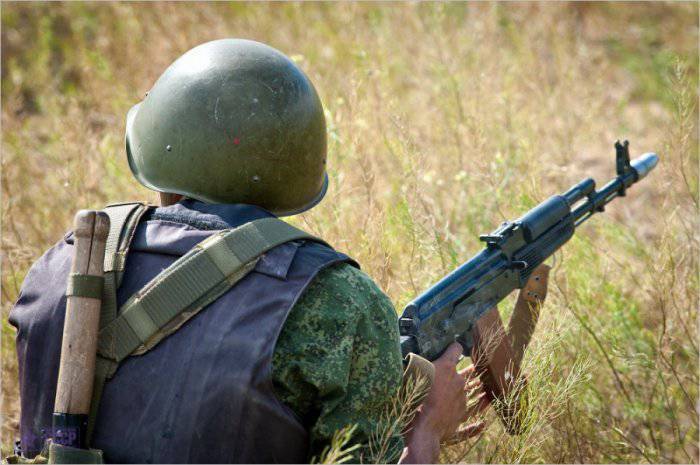
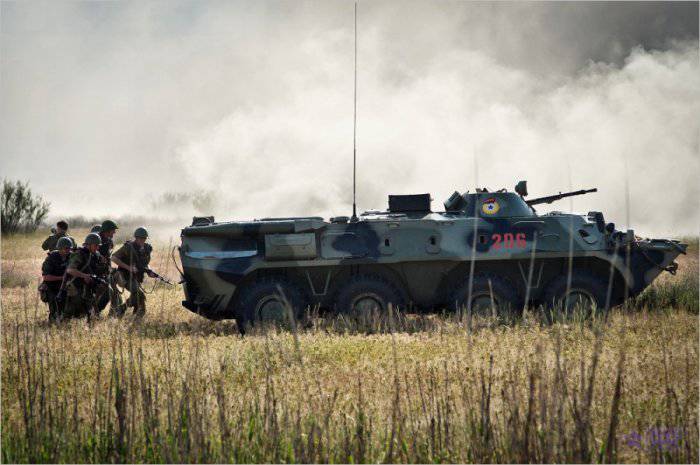
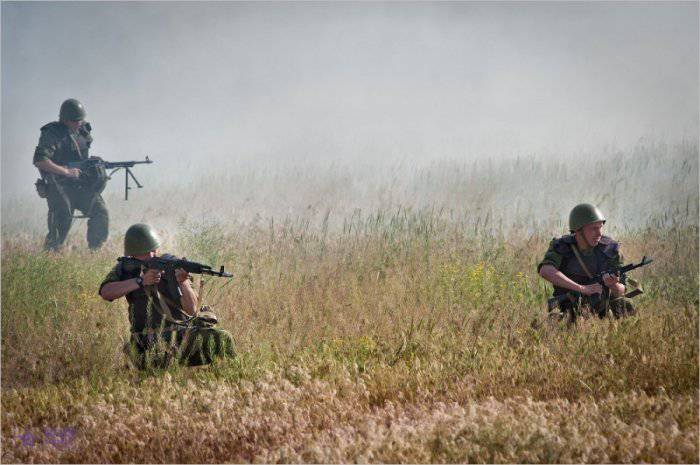
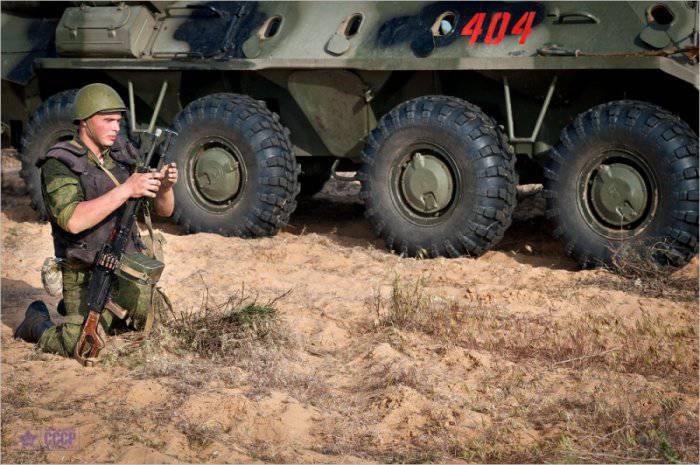
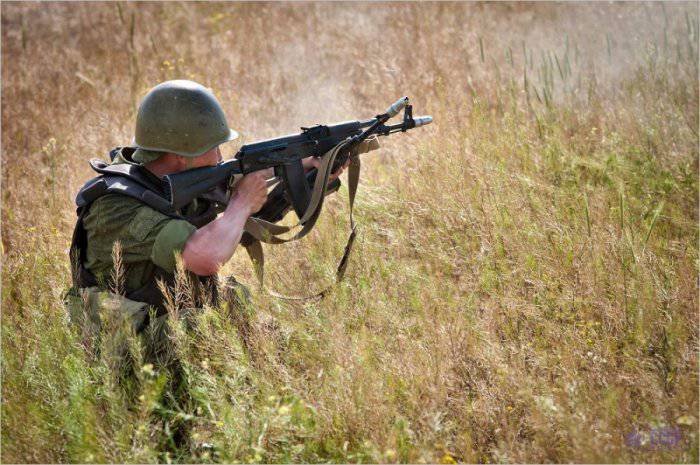

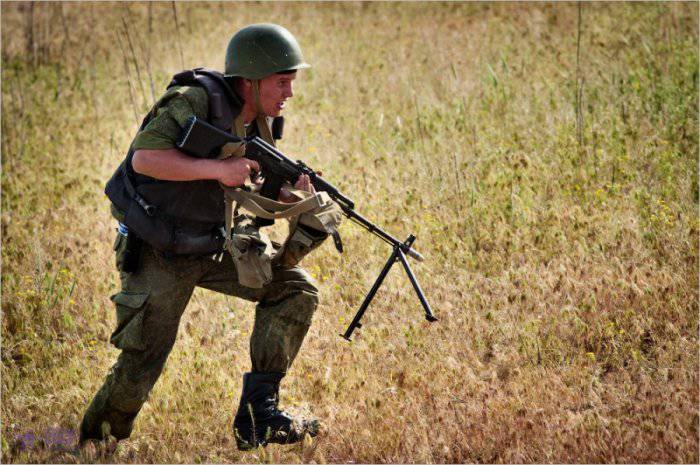
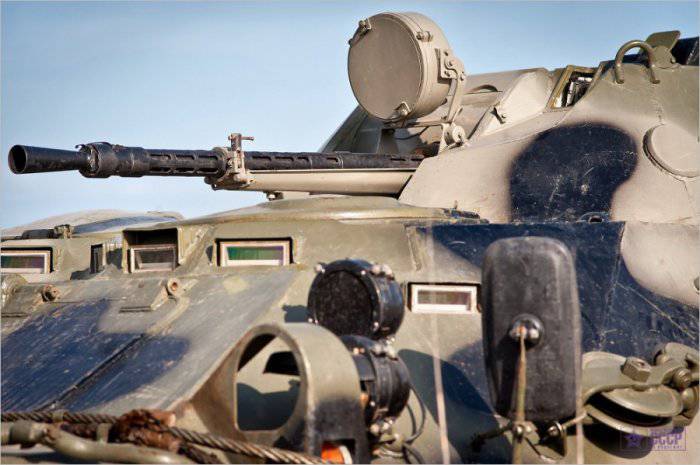
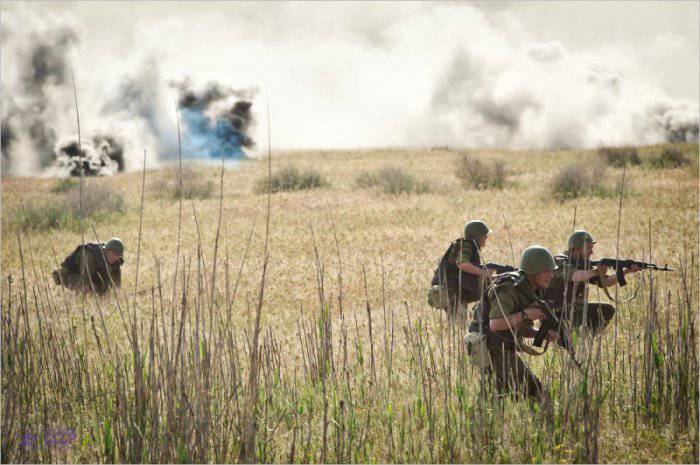
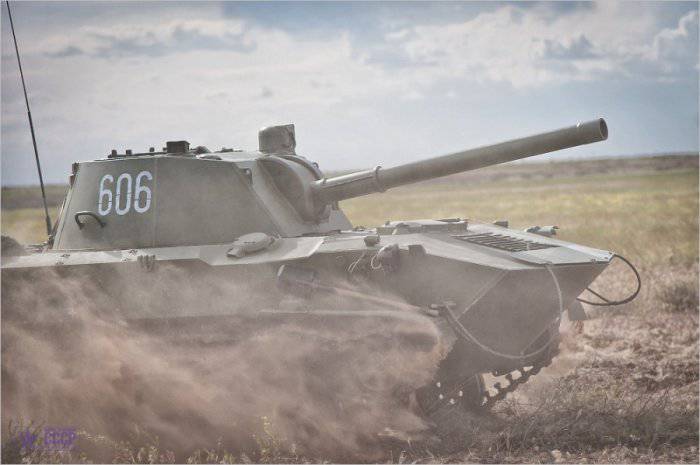
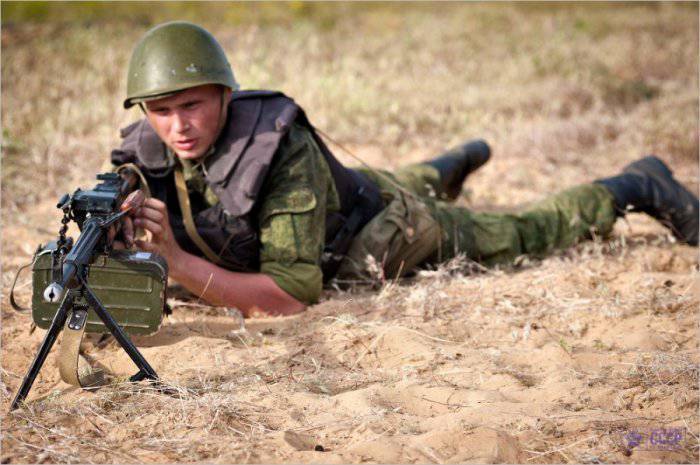
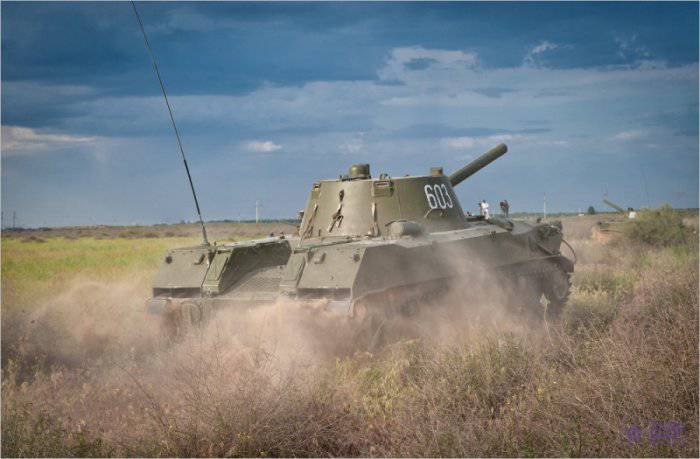
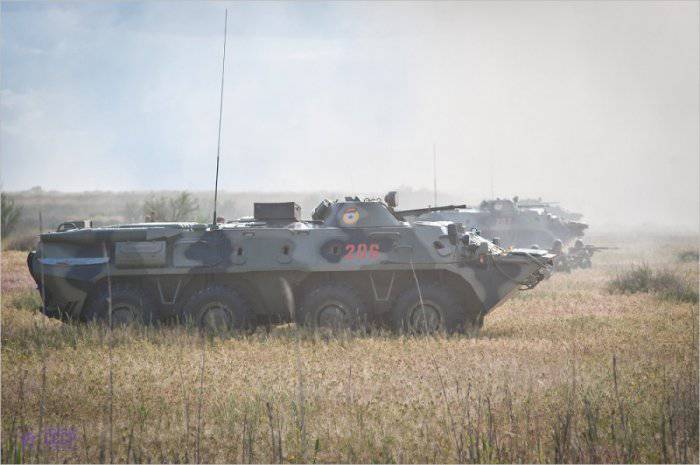
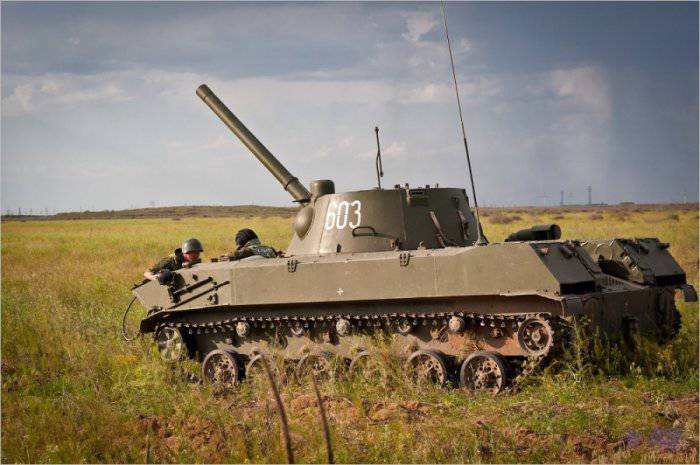
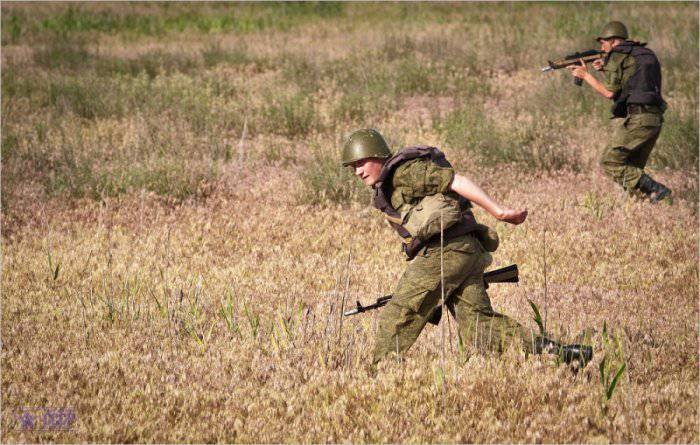
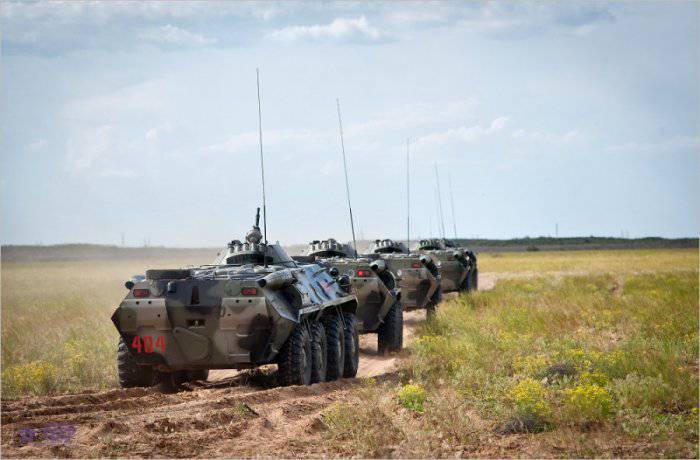
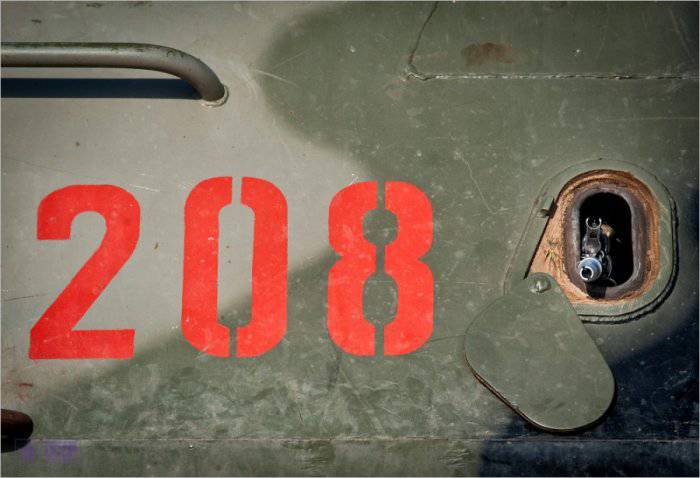
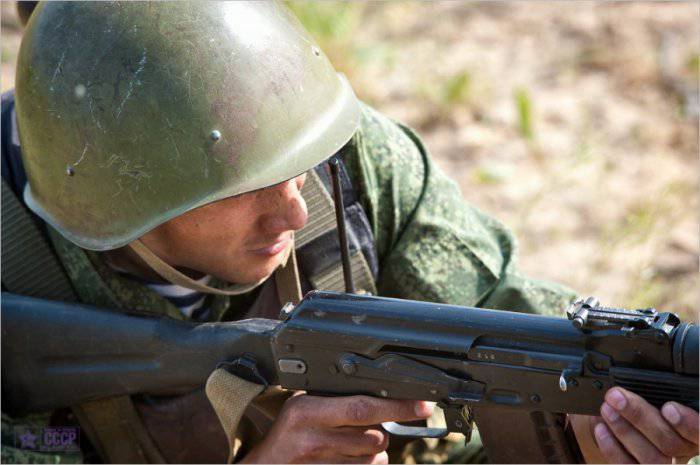
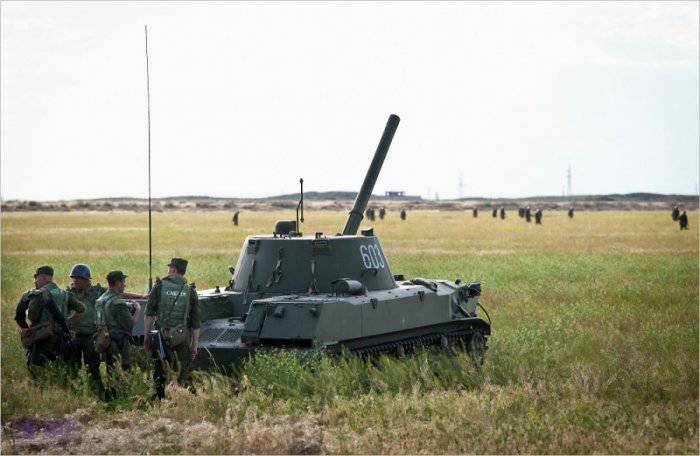
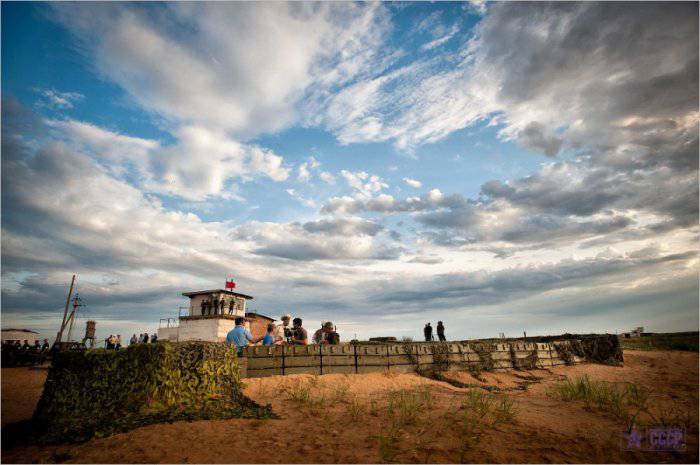
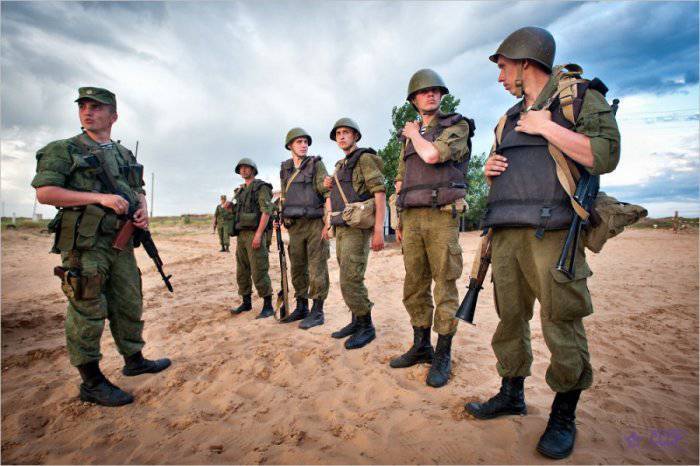
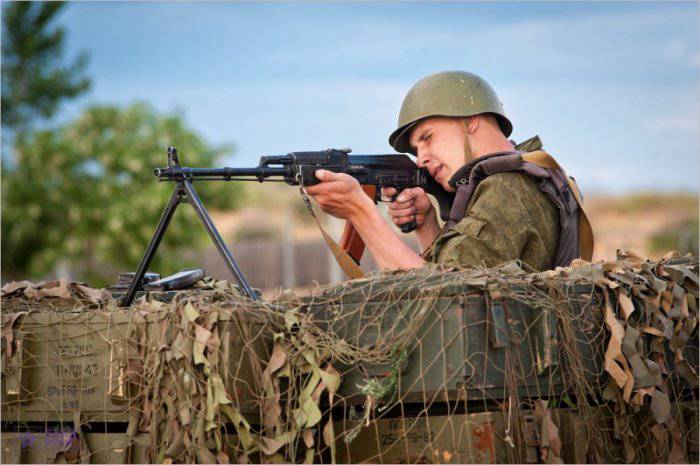
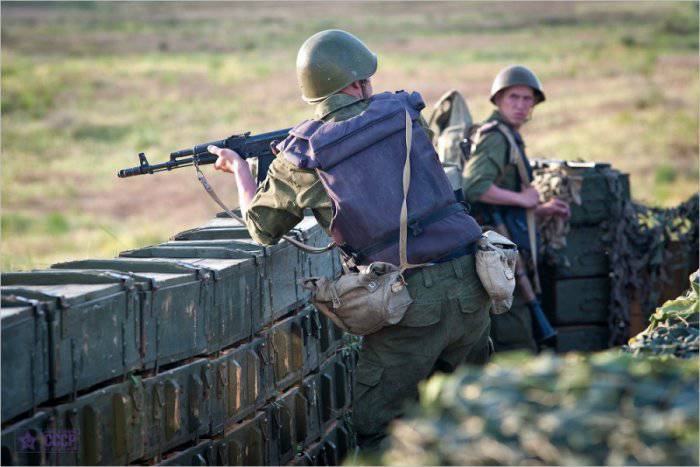

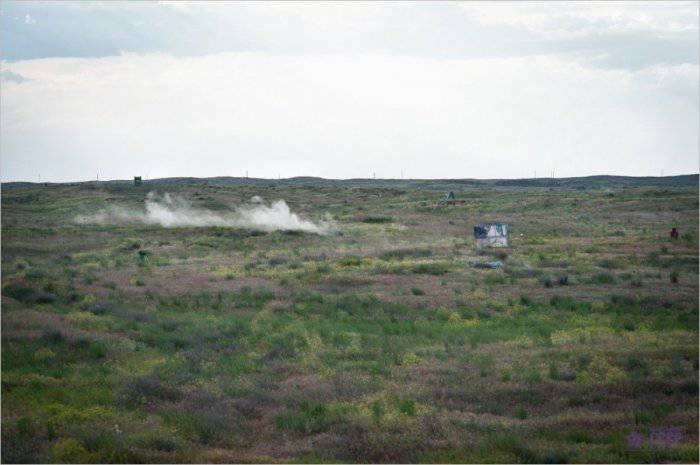
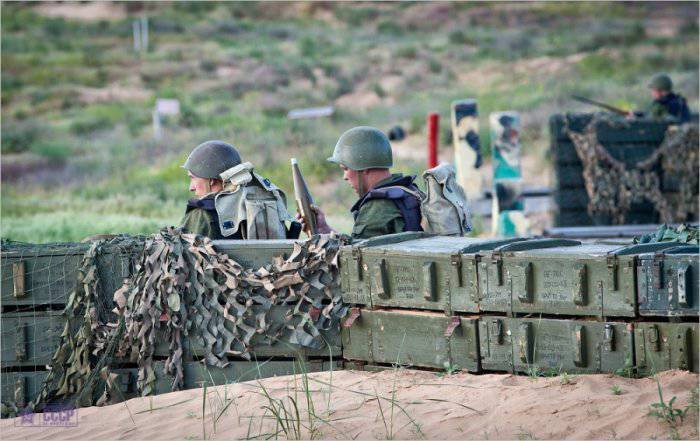
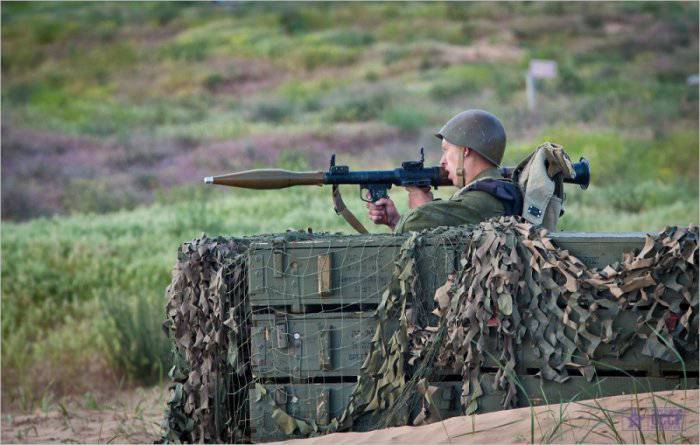
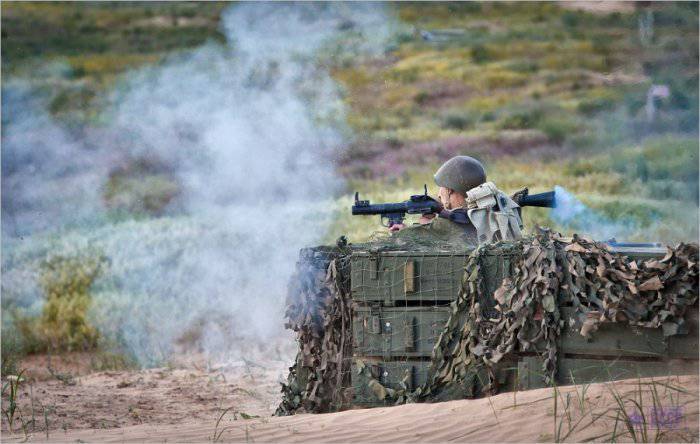
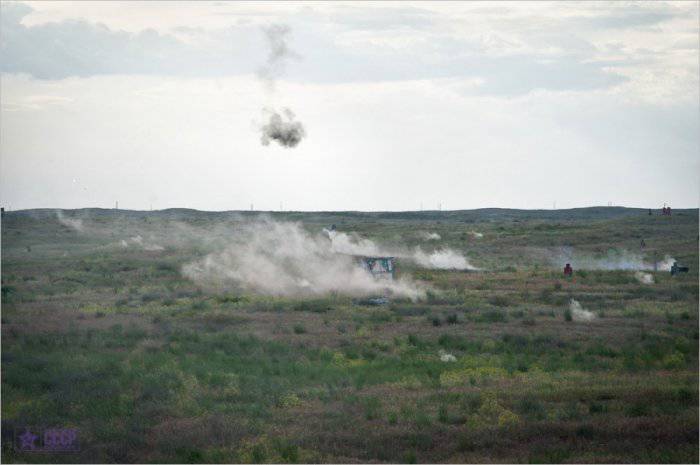
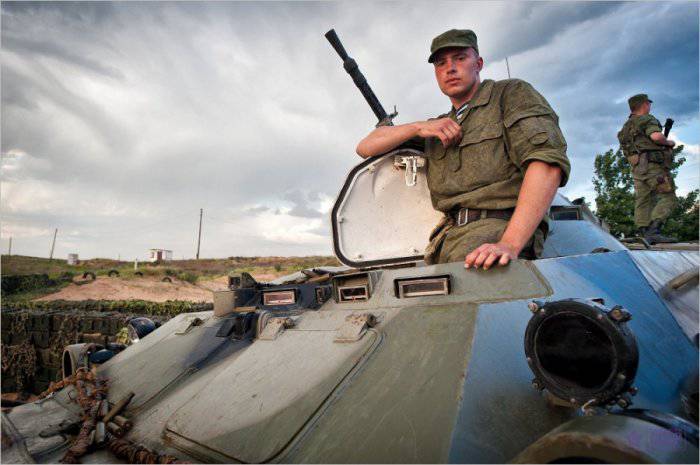
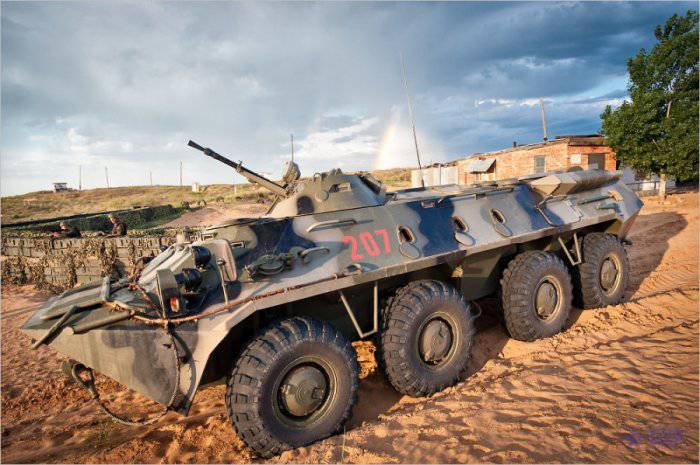
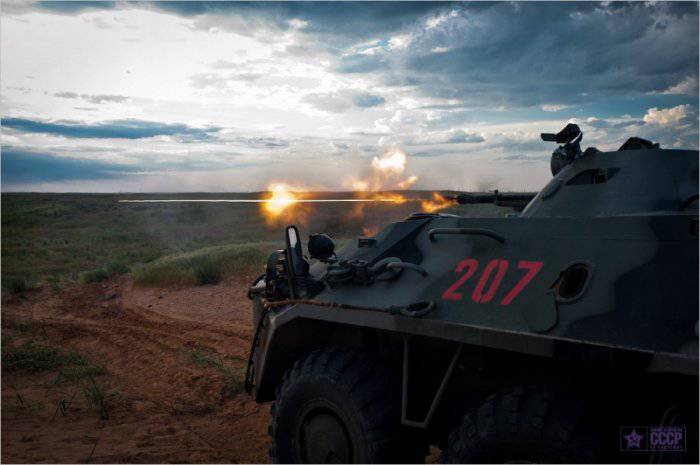
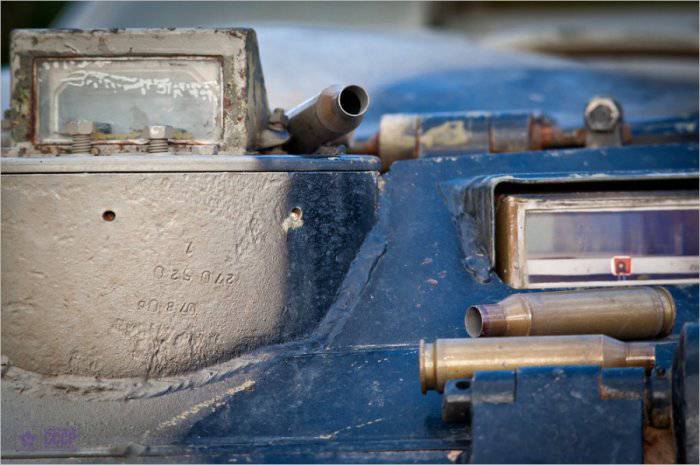
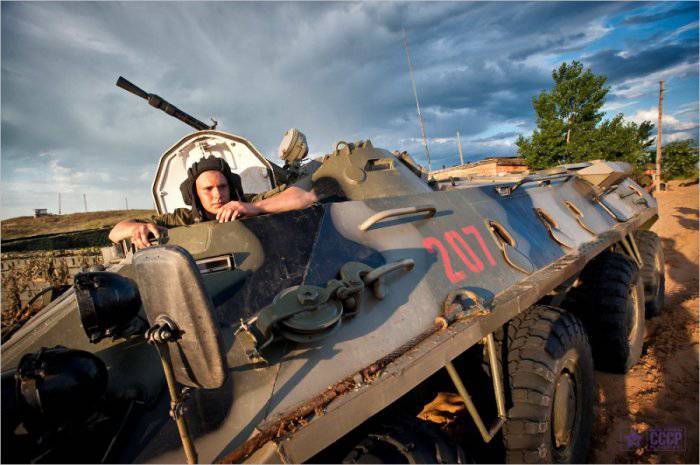
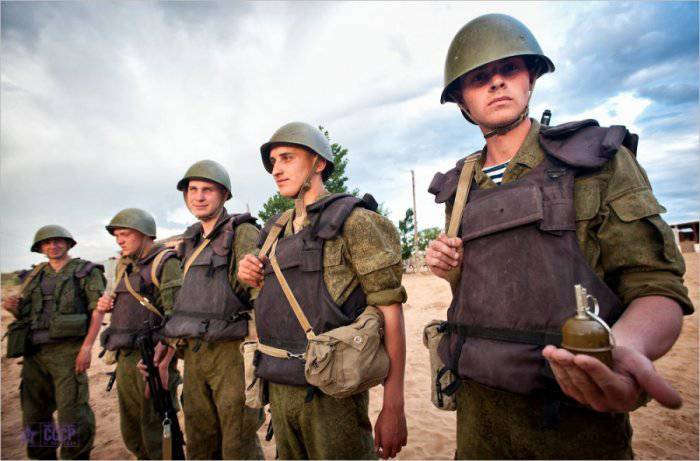
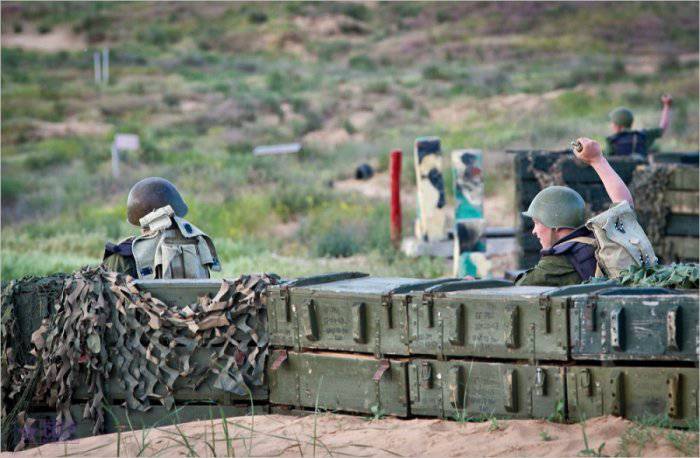
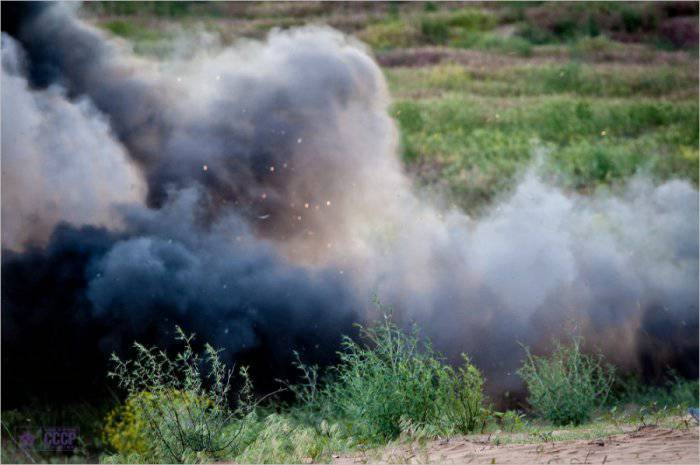



Information